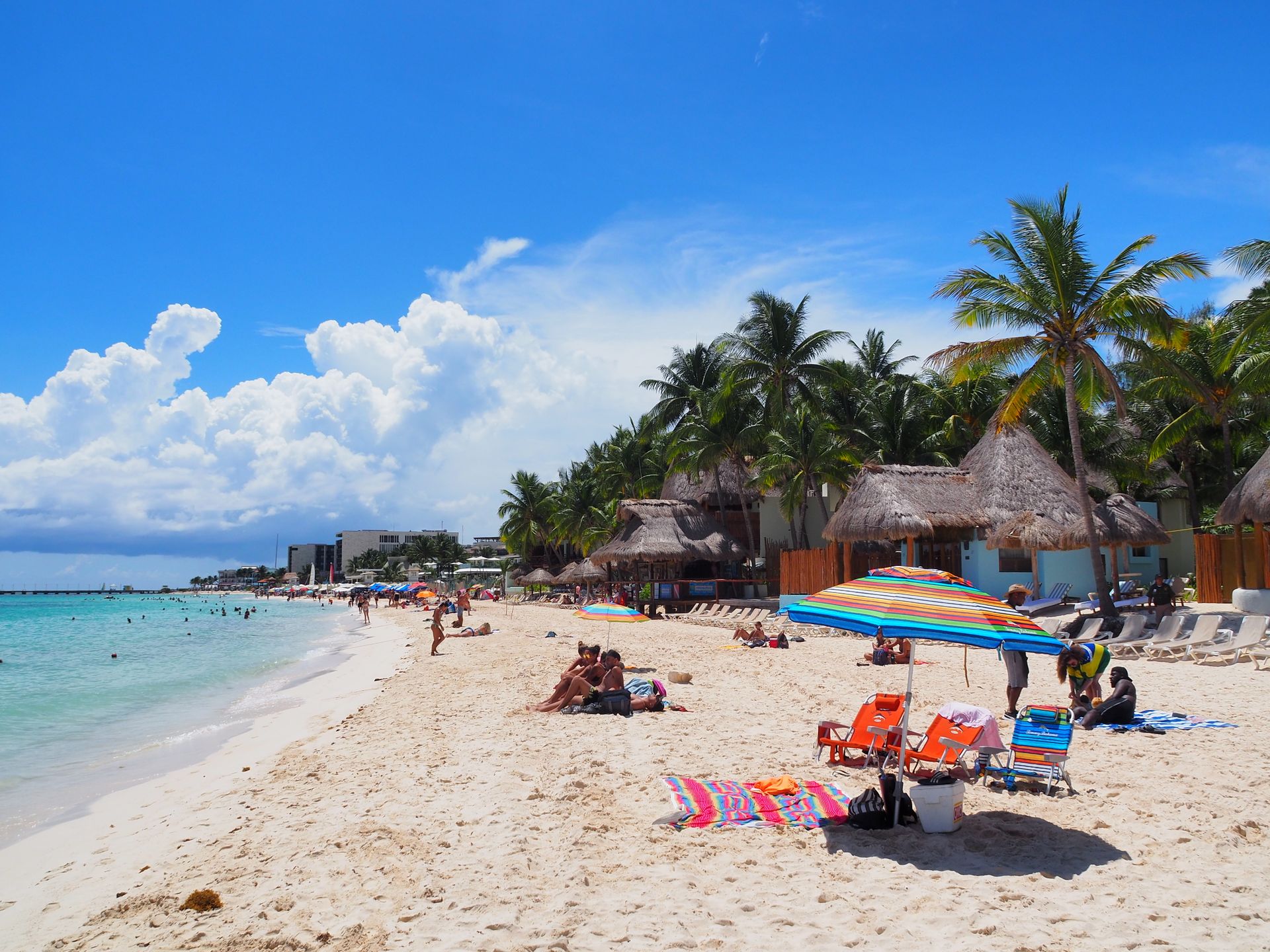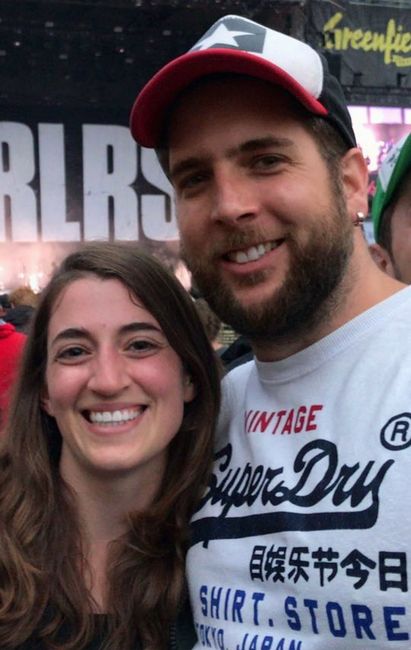
Auszeit - Reise Richtung Osten
vakantio.de/auszeit-reise-richtung-osten
Diving in Mabul and Sipadan
Yayınlanan: 24.06.2019
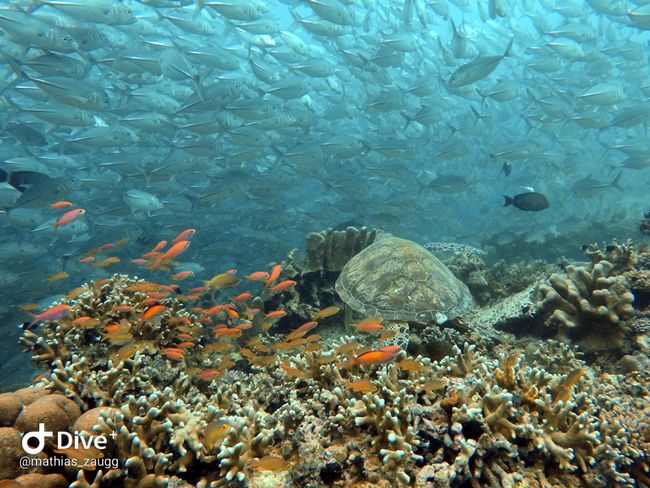
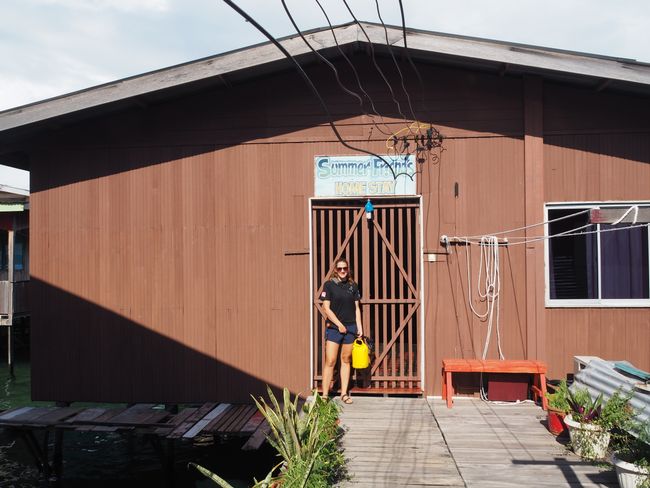
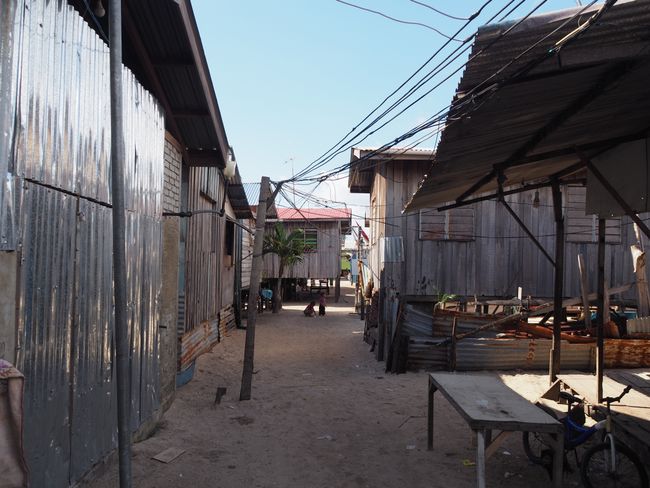
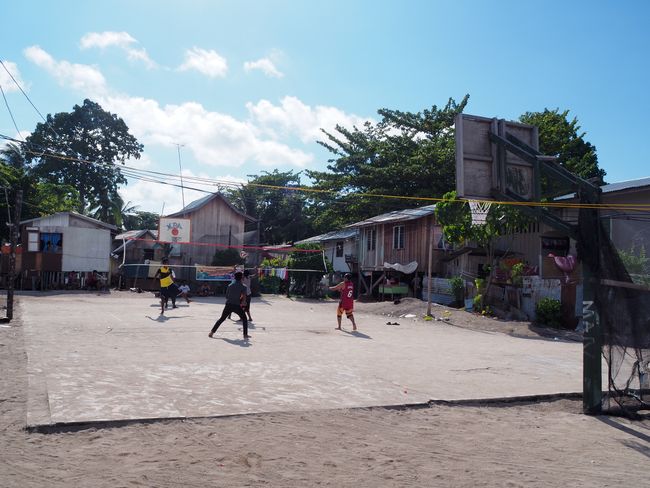
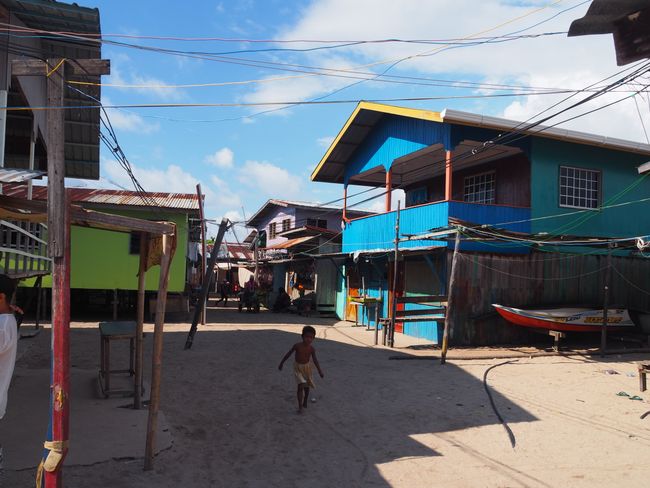
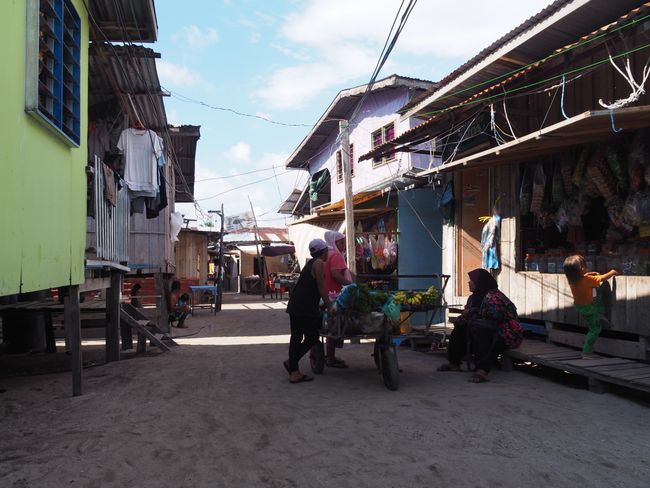
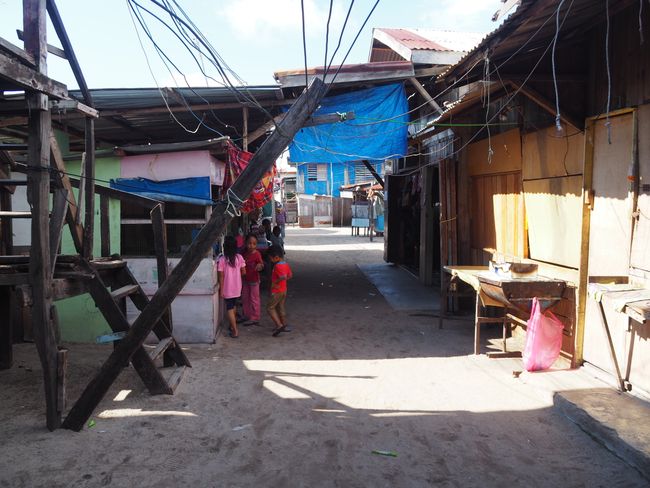
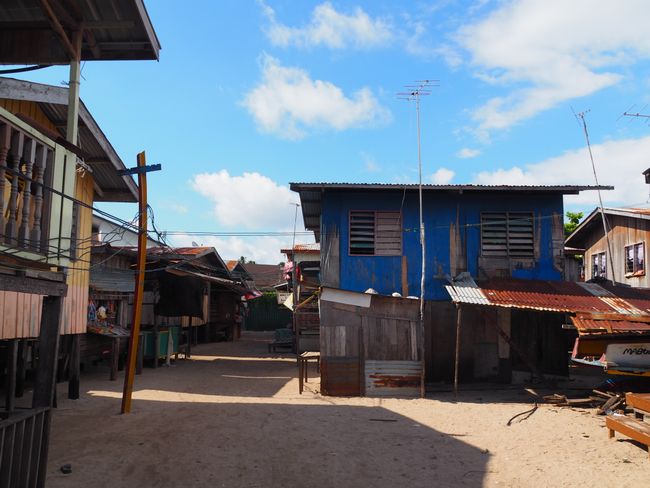
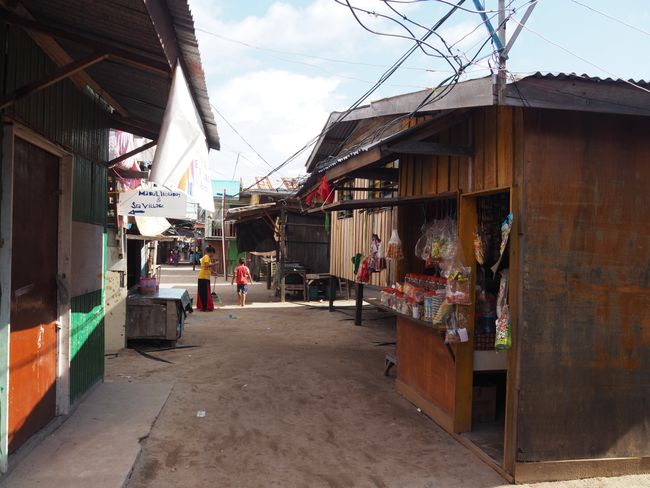
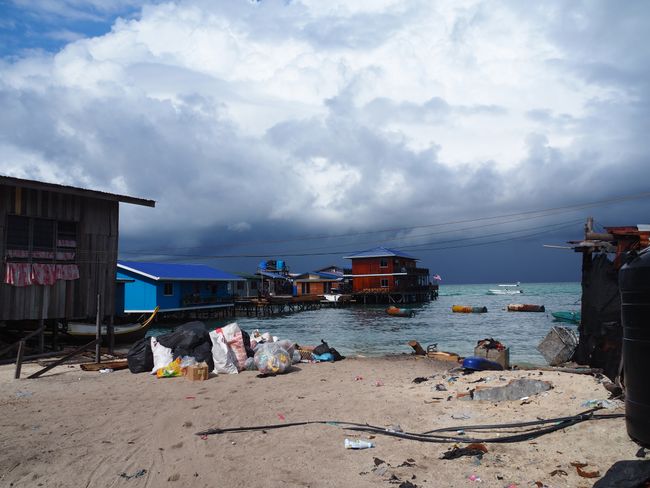
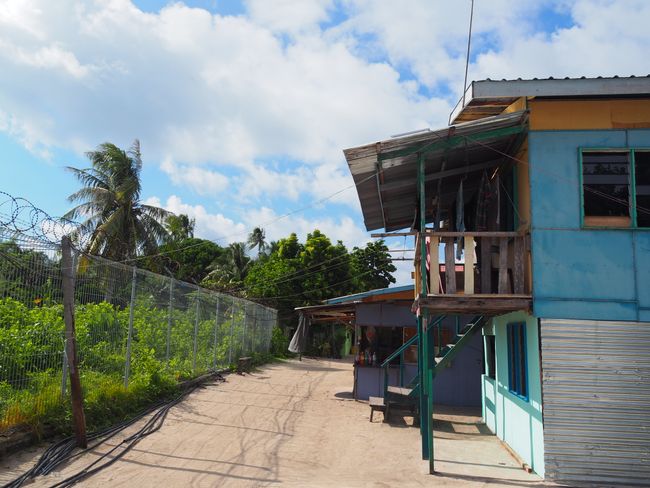
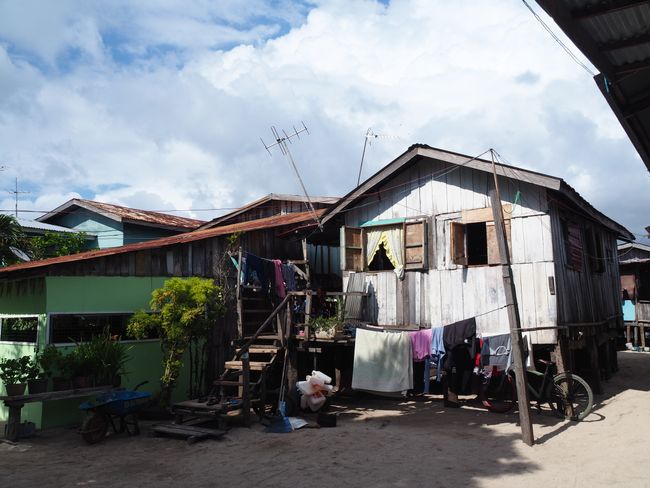
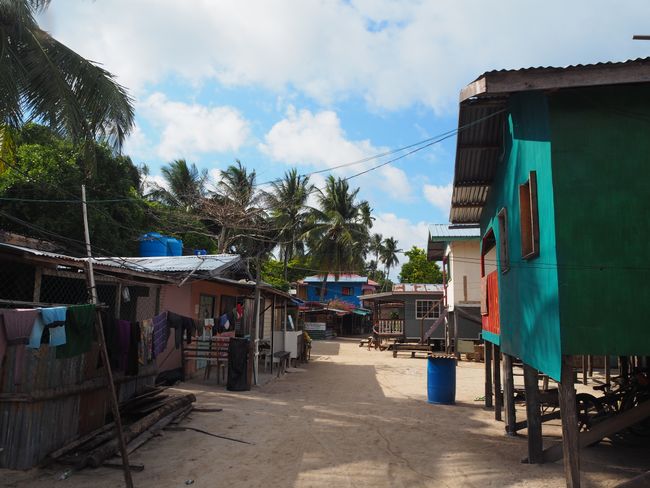
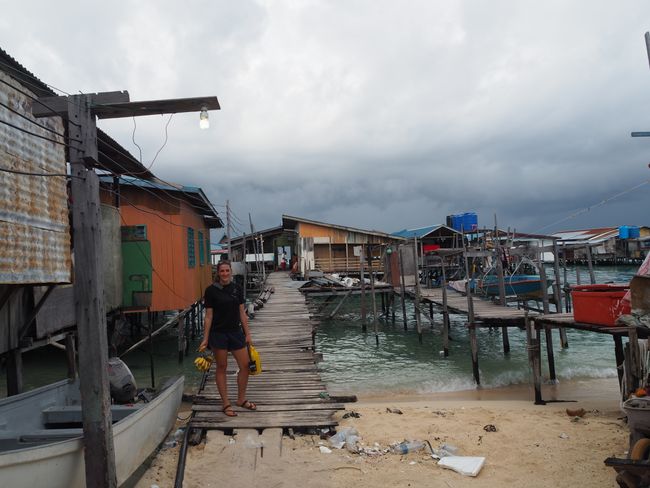
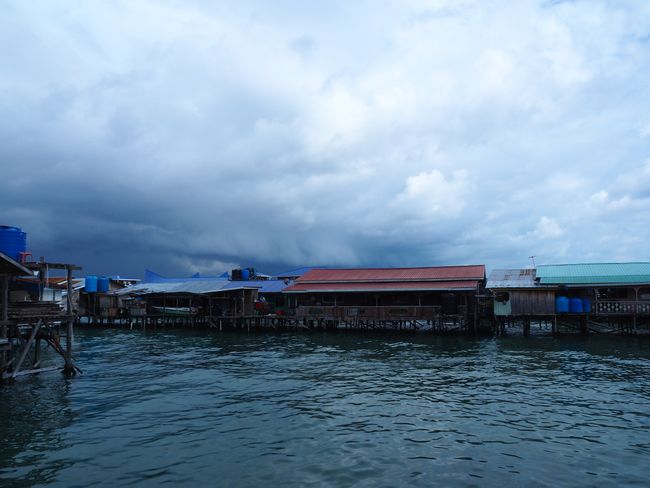
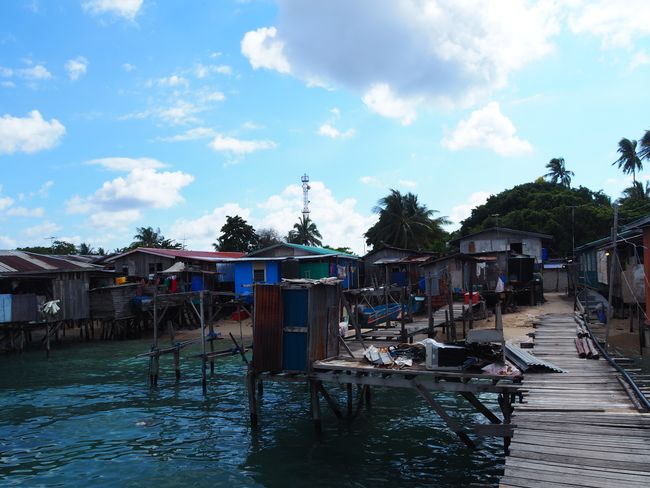
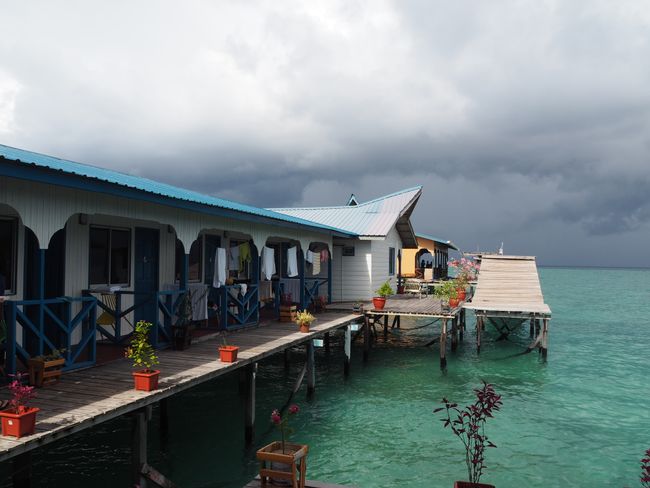
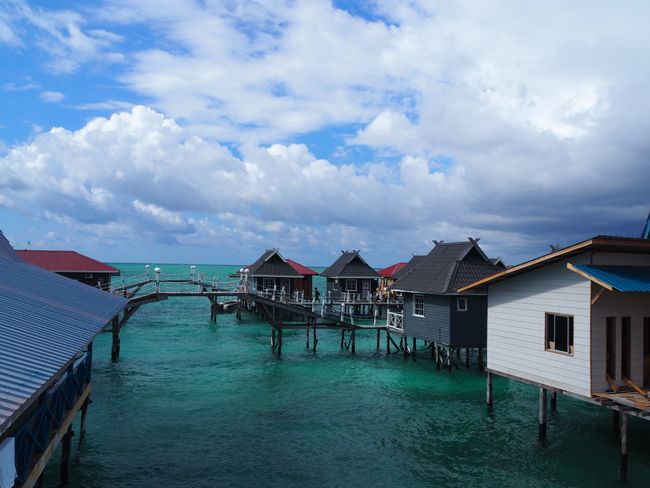
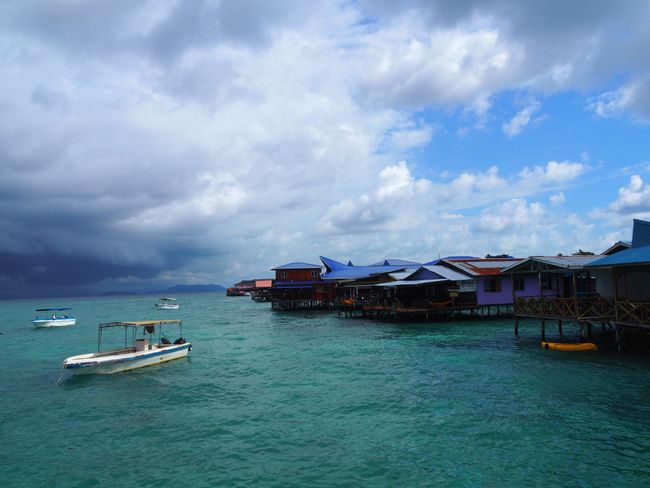
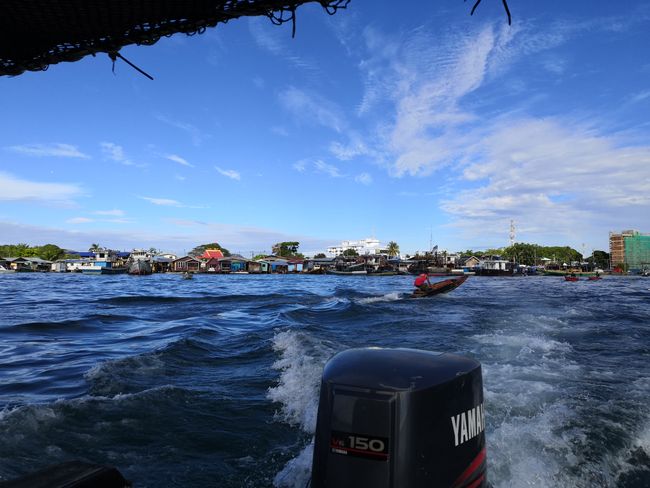
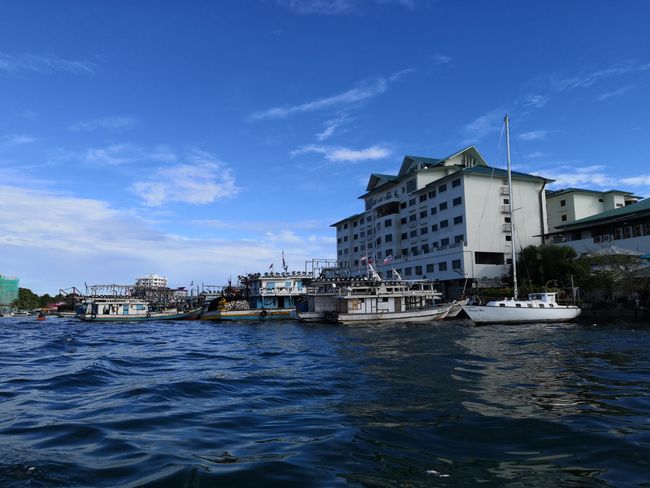
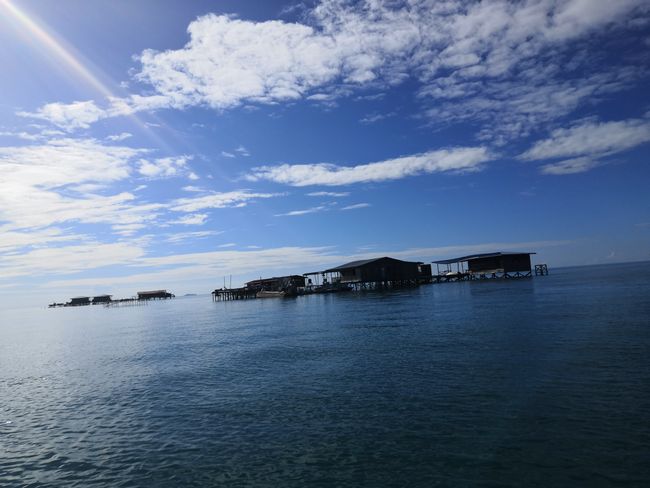
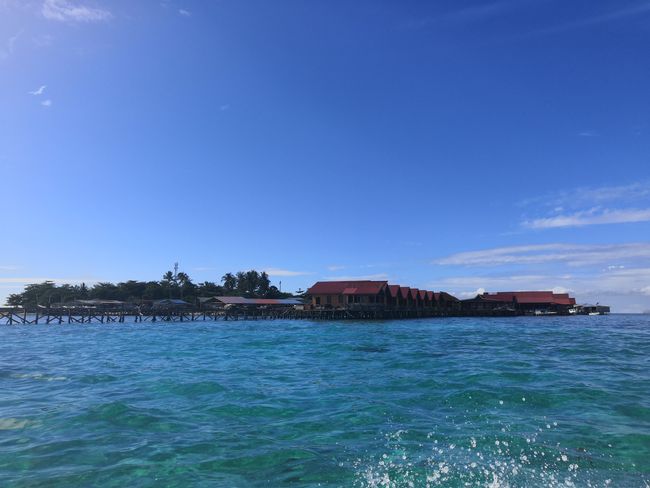
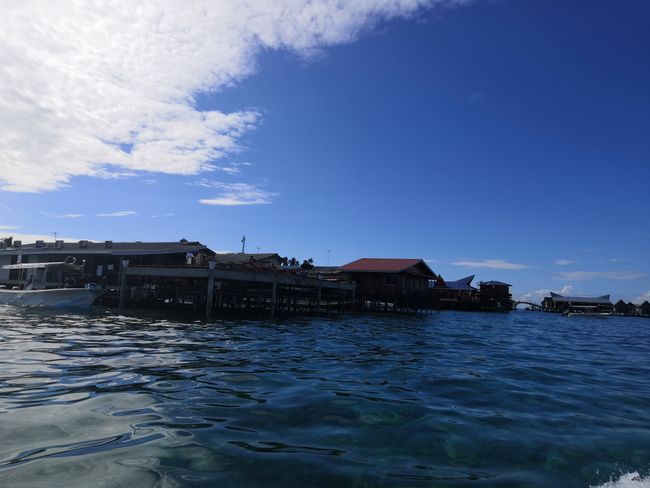
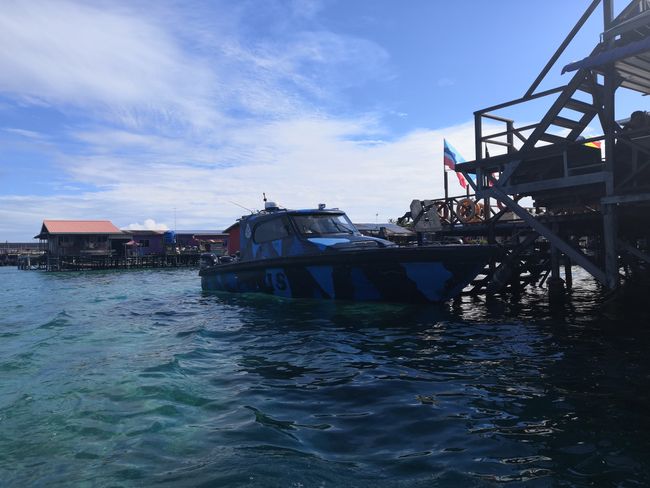
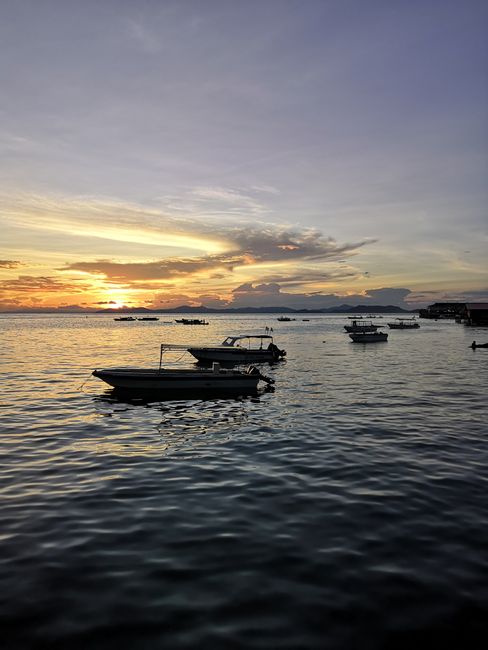
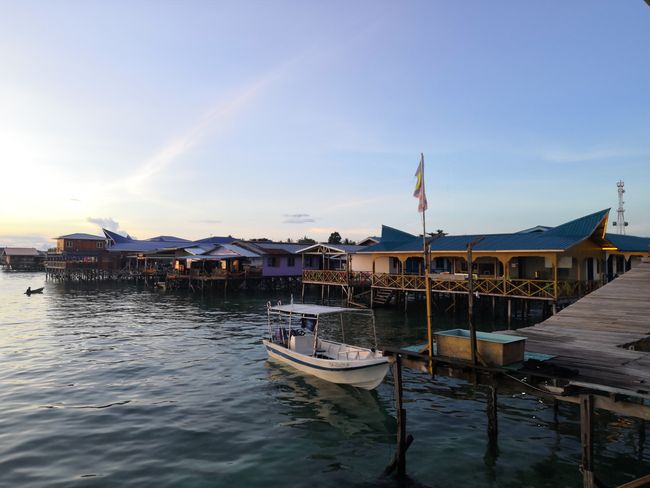
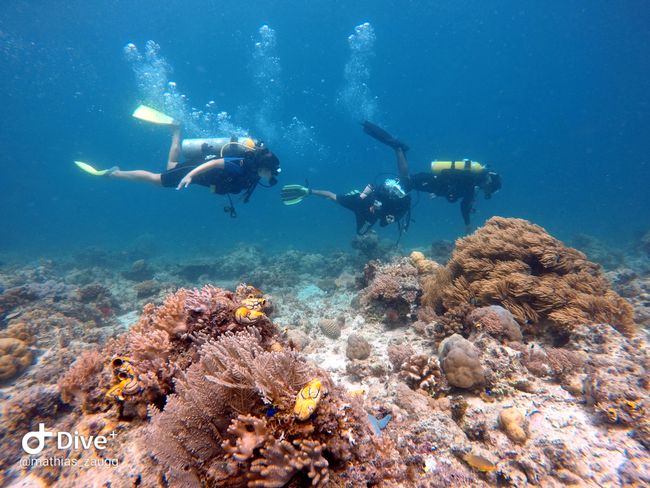
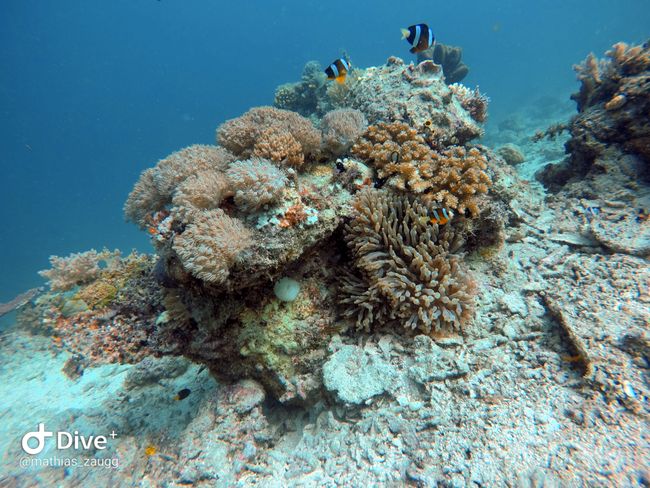
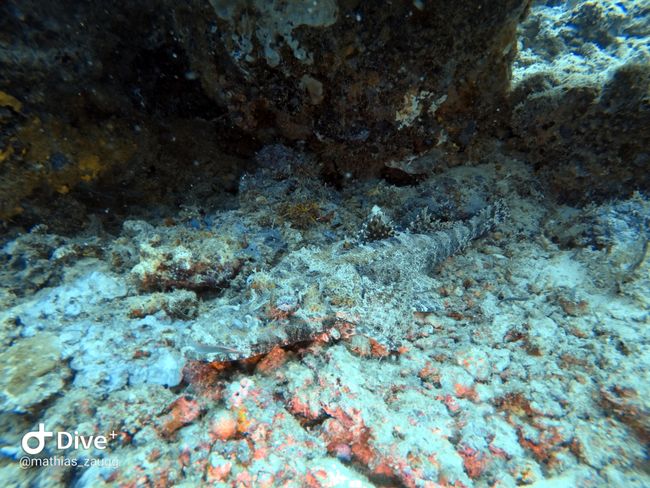
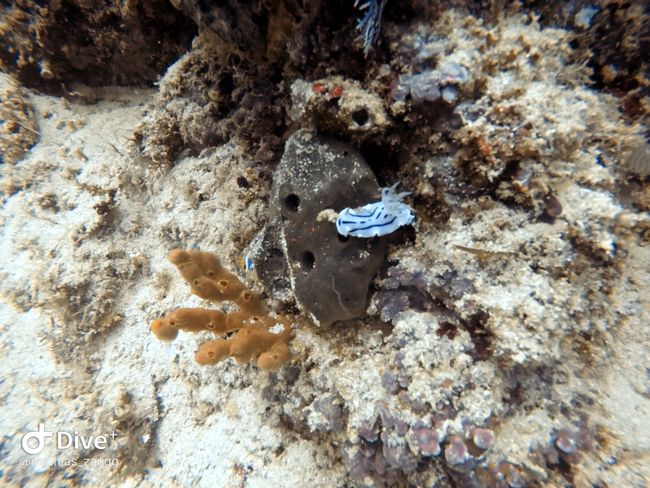
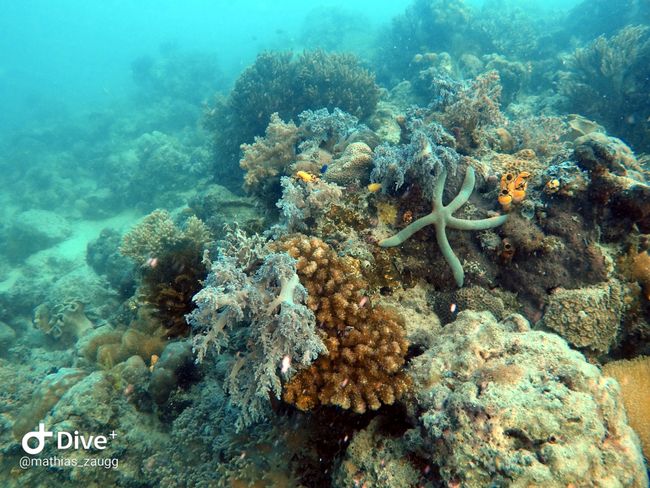
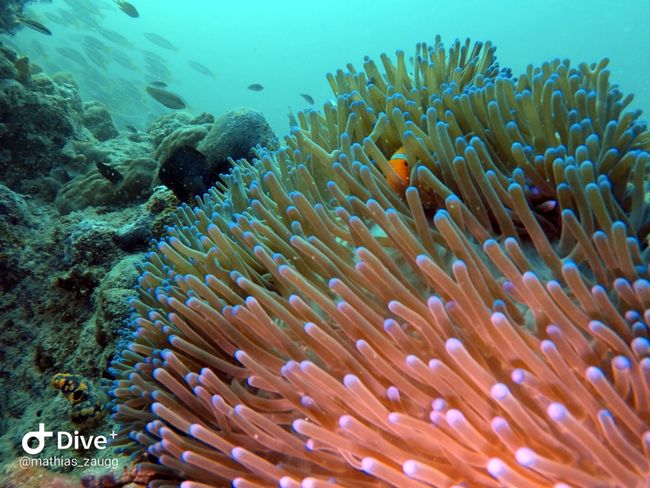
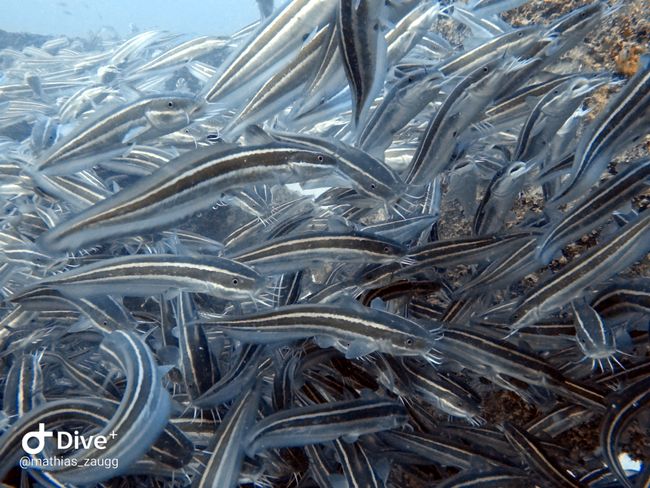
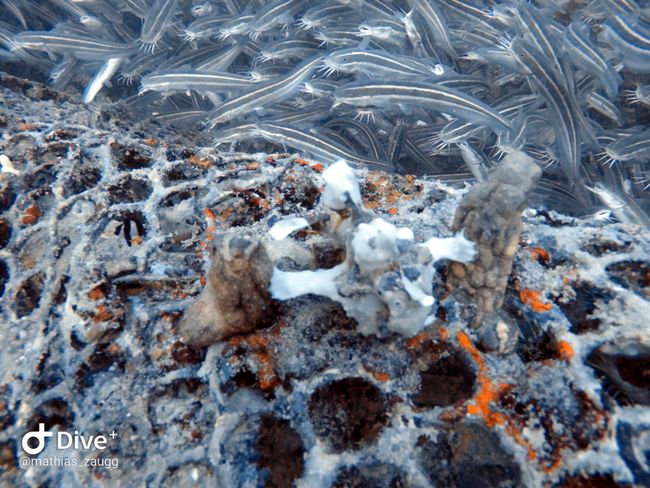
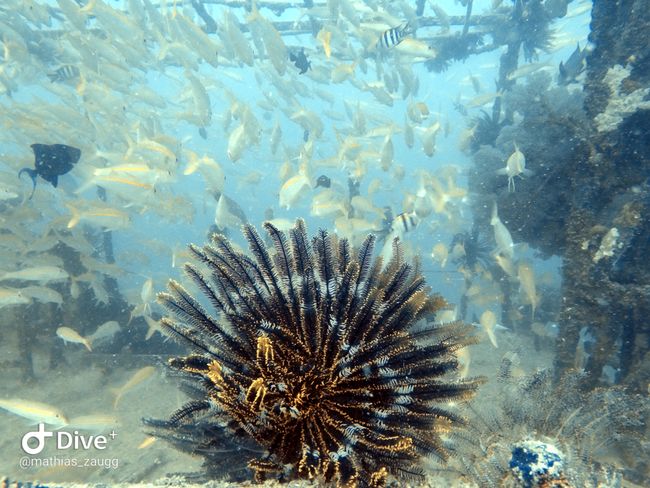
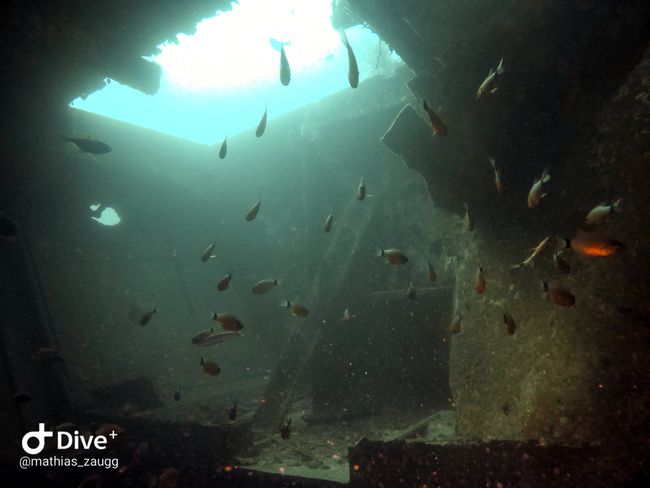
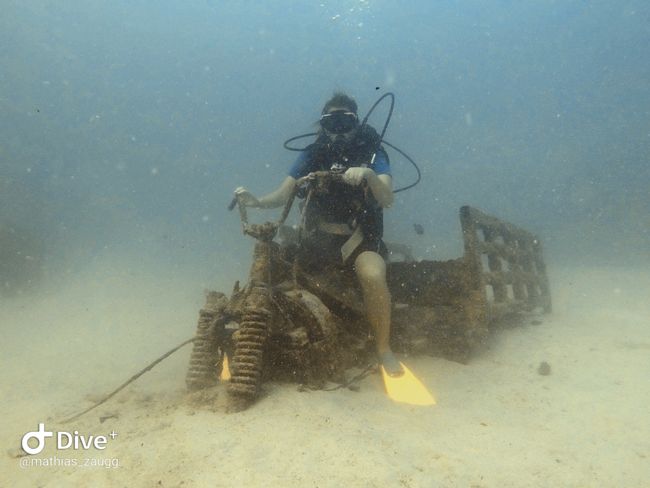
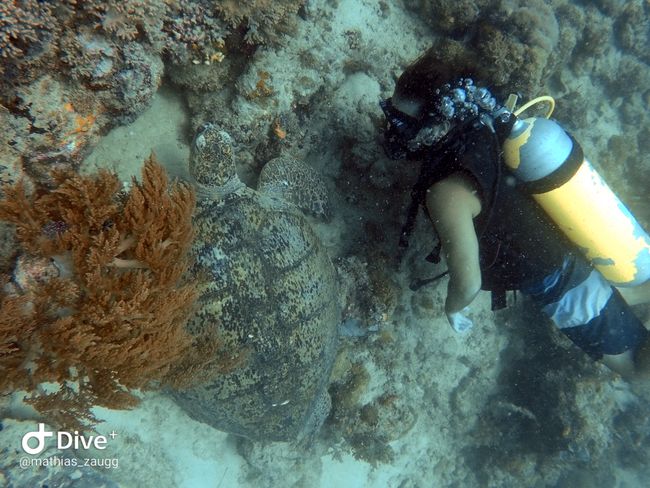
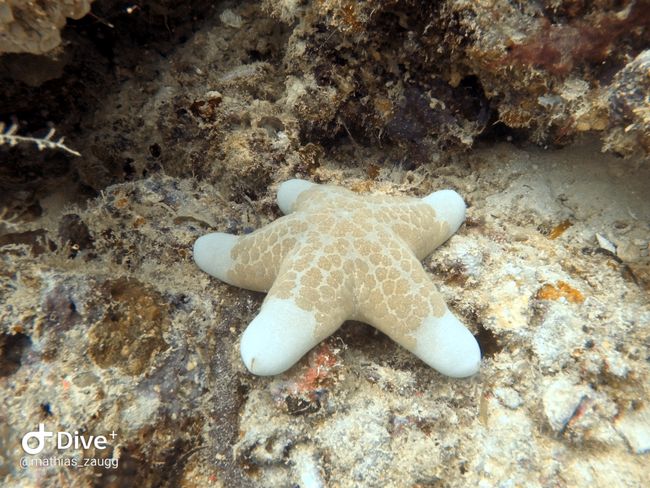
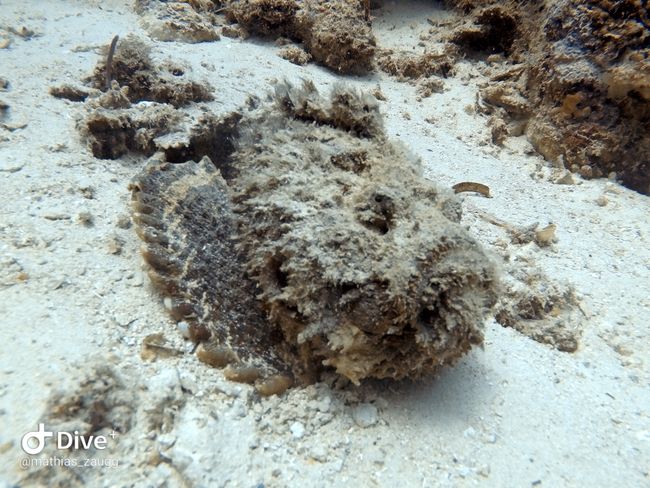
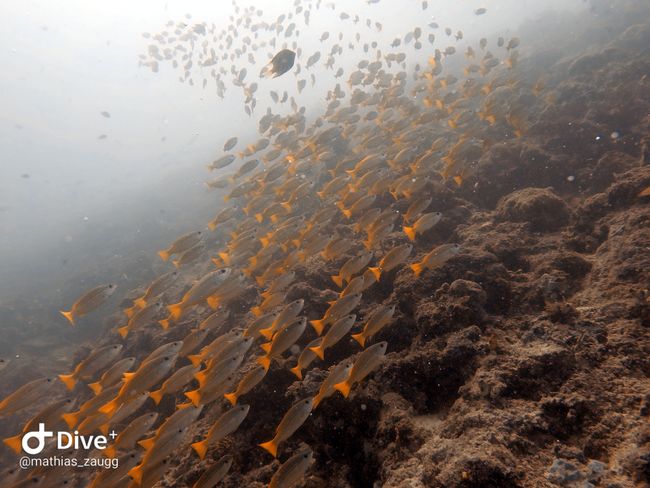
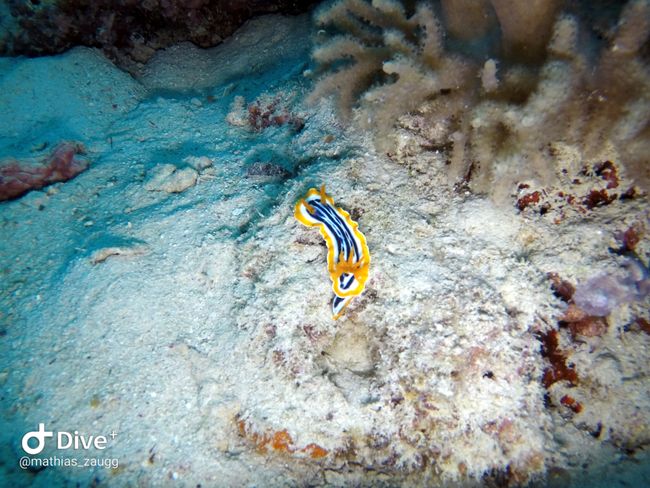
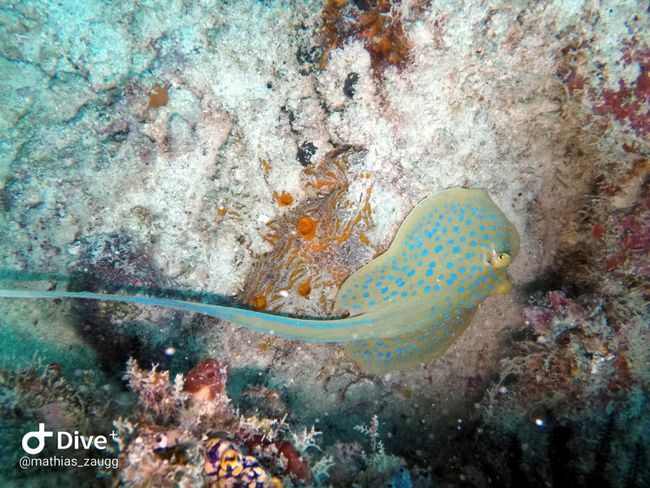
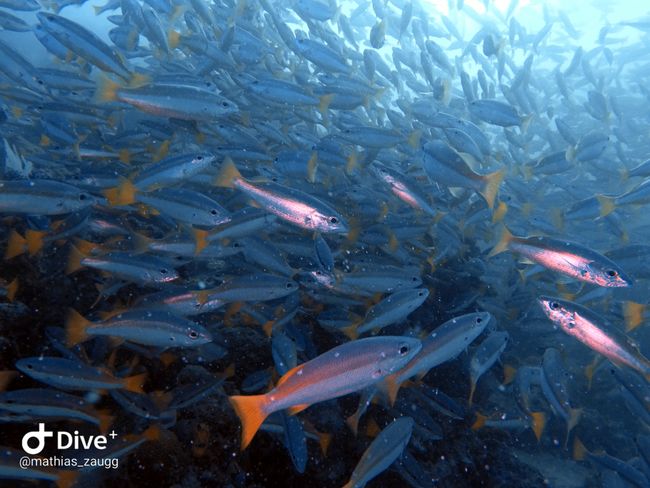
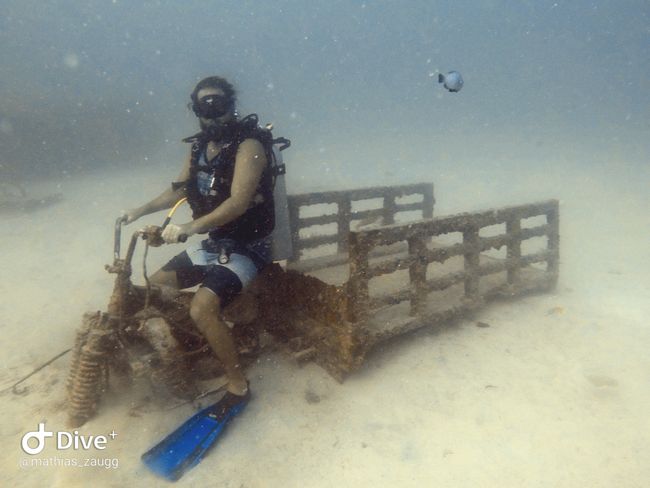
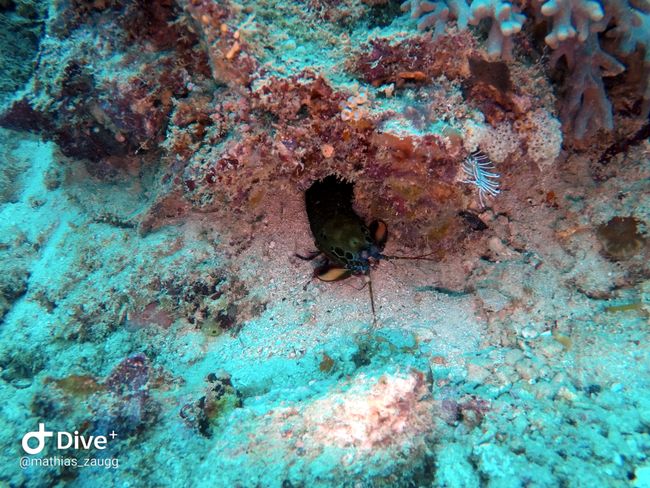
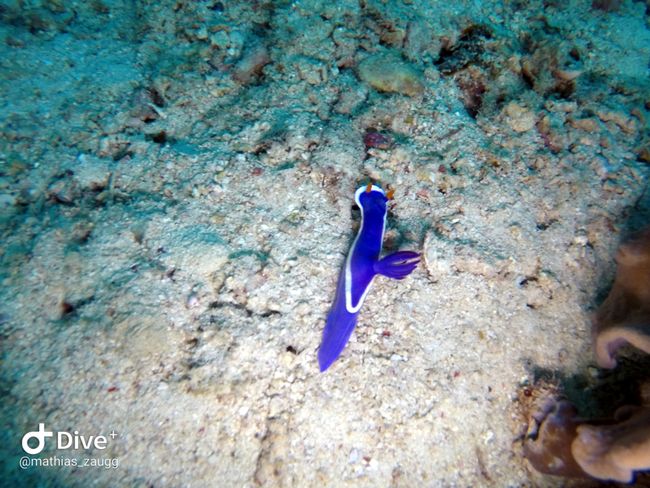
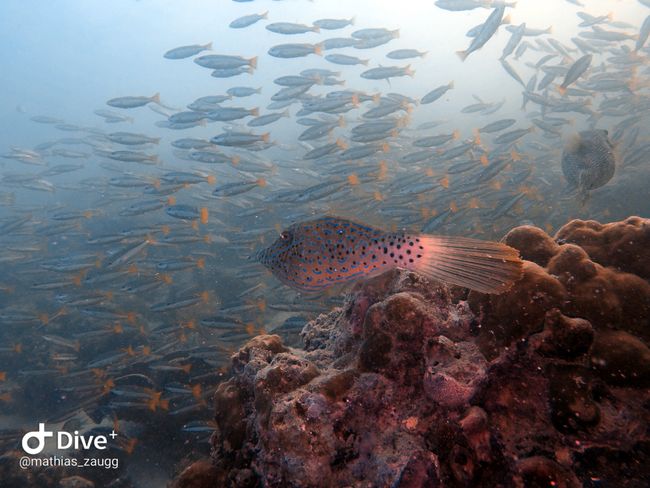
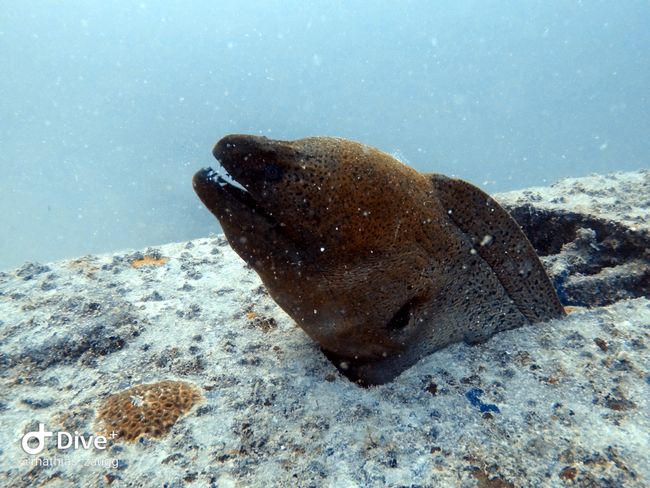
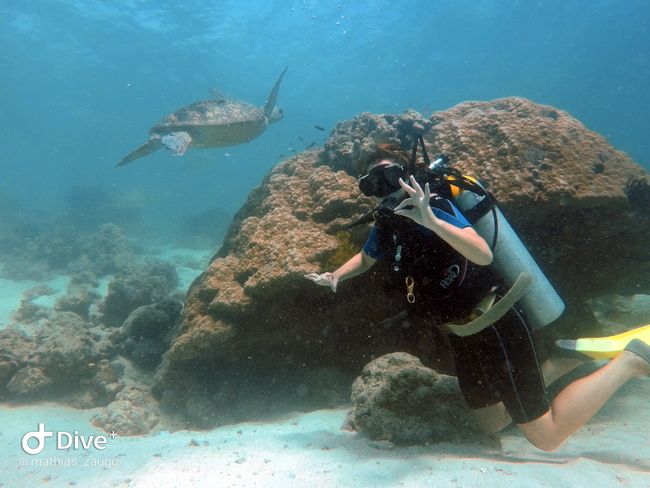
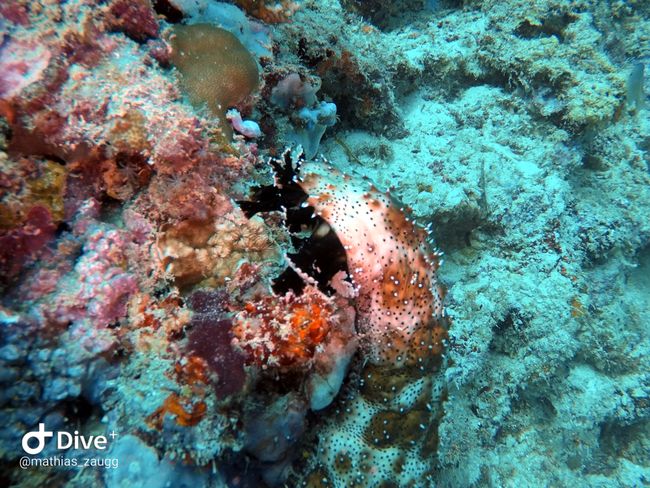
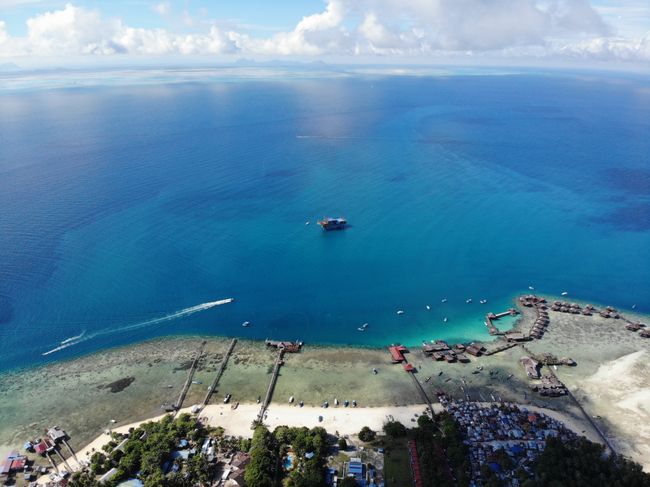
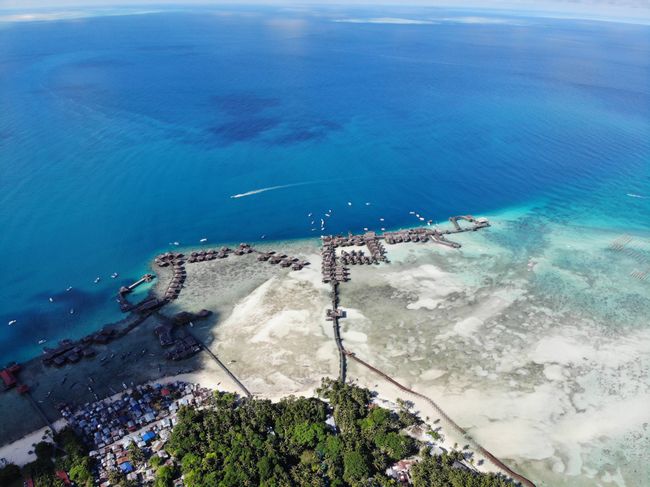
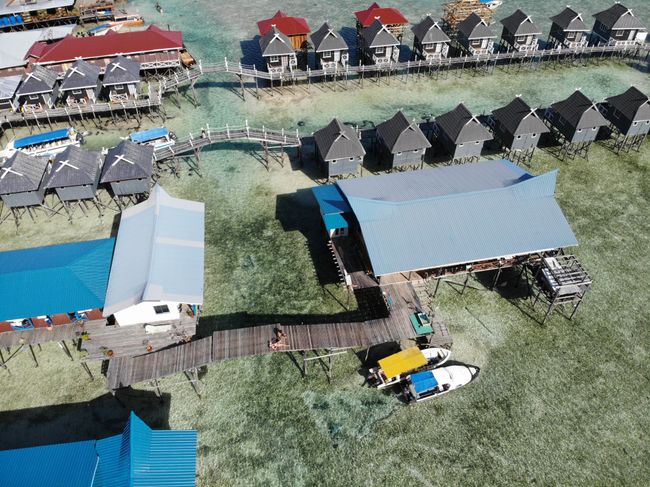
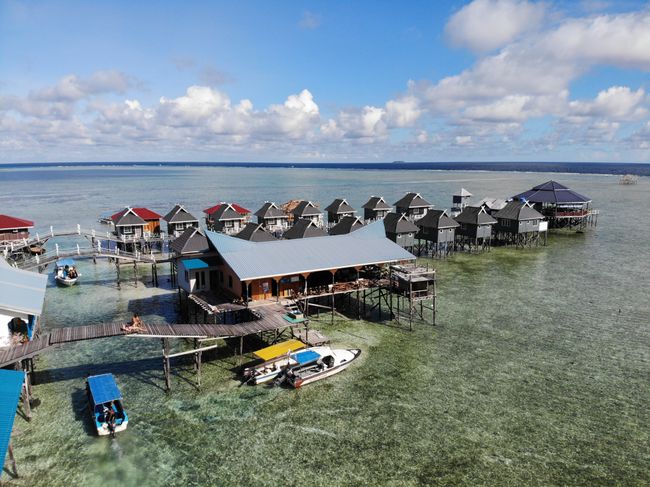
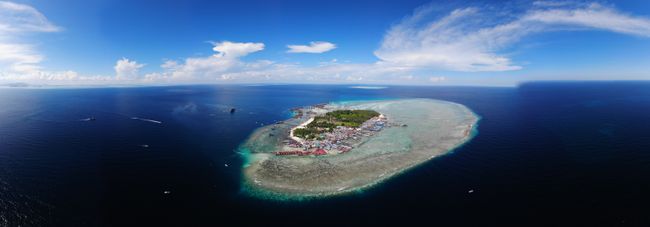
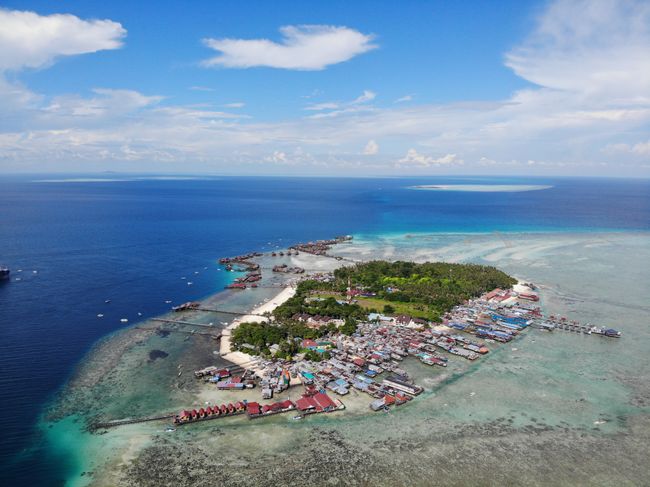
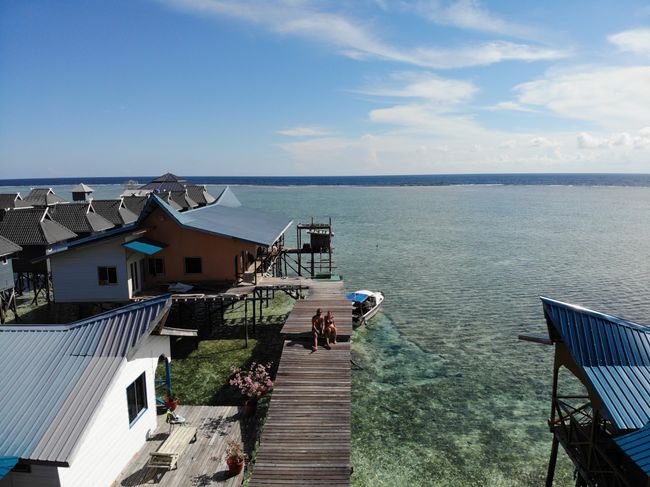
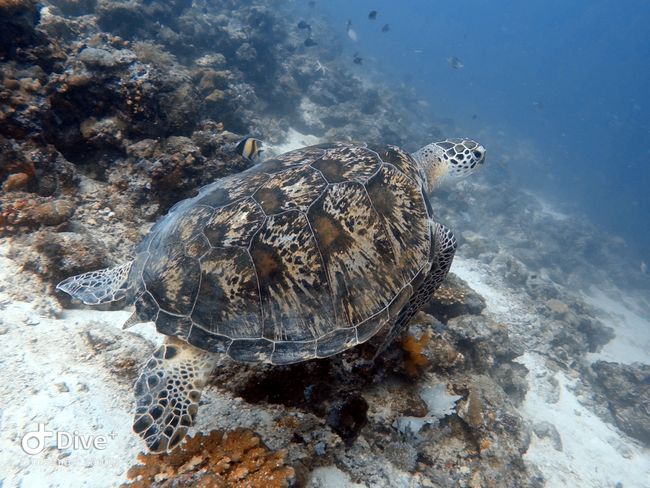
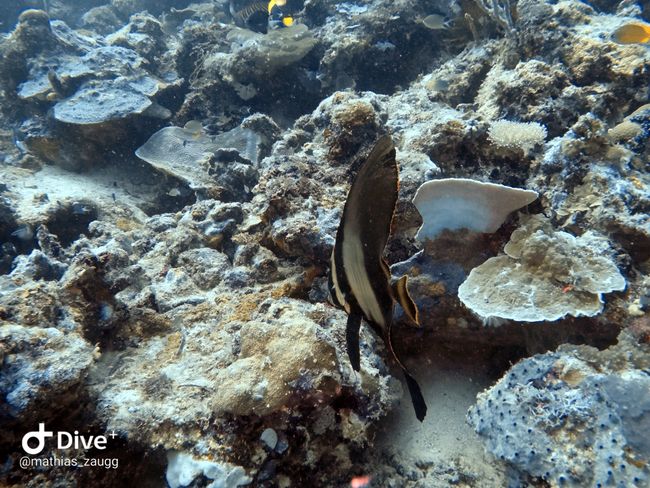
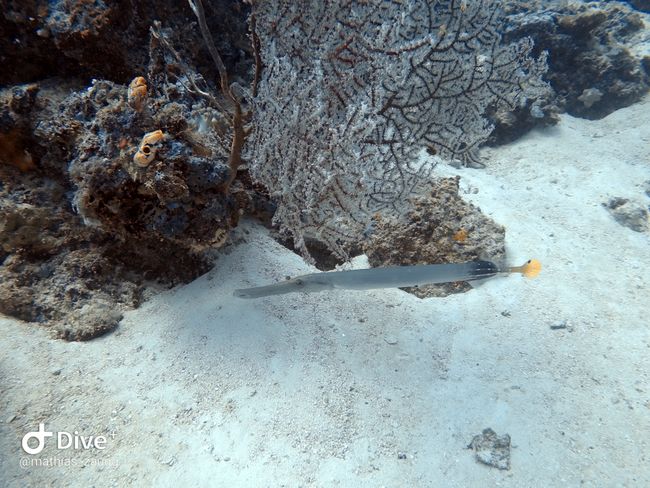
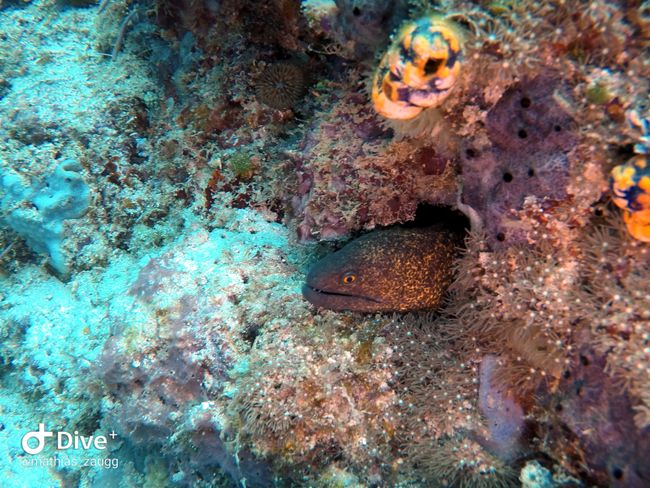
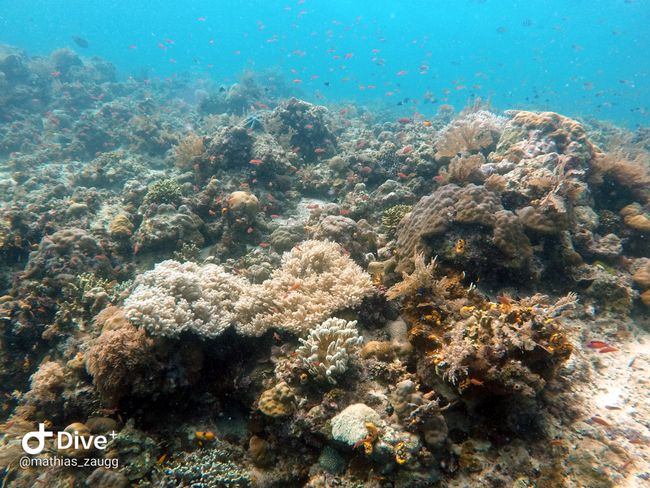
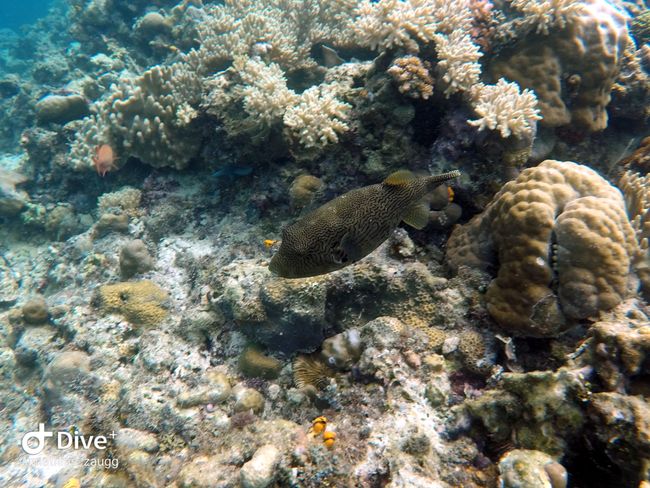
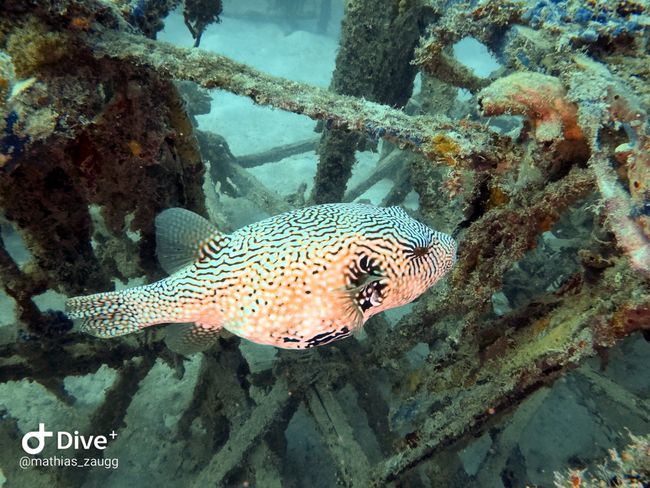
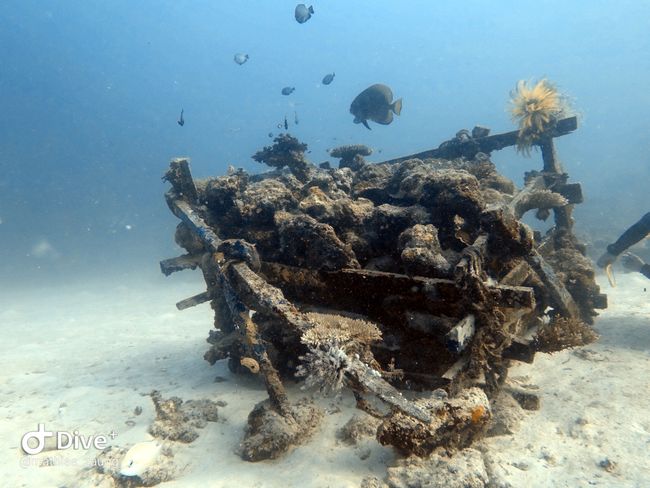
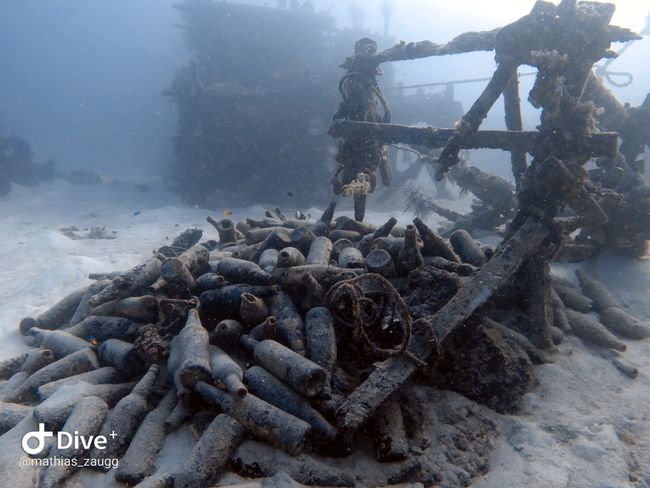
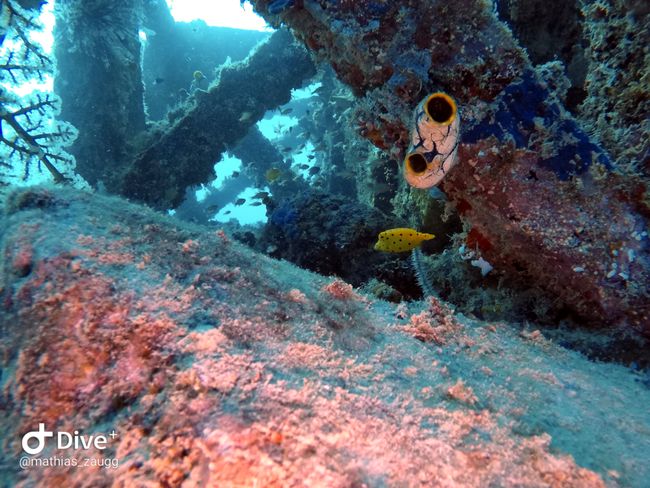
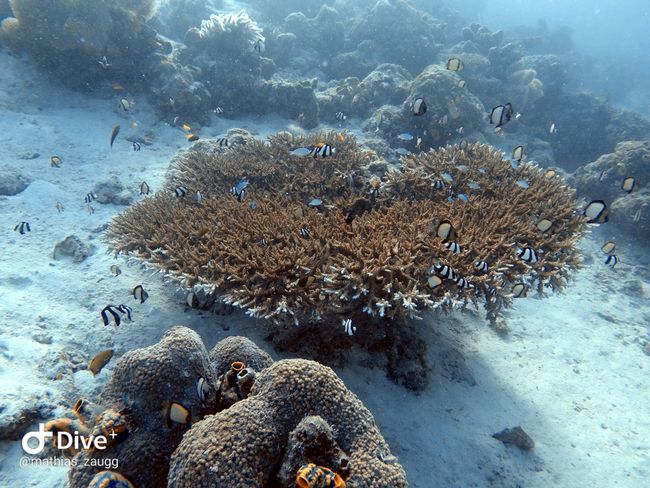
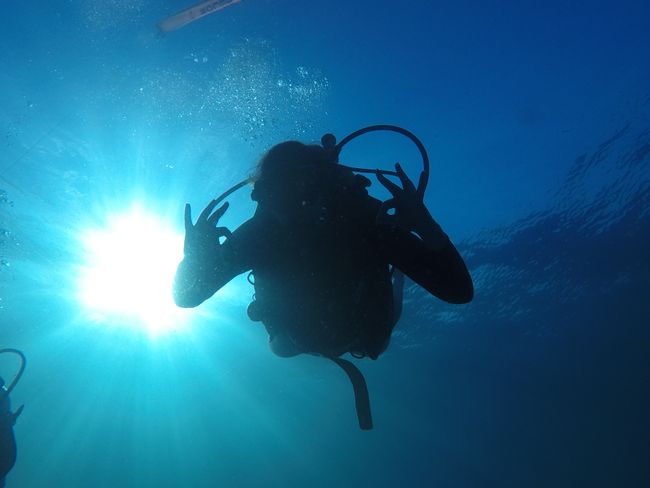
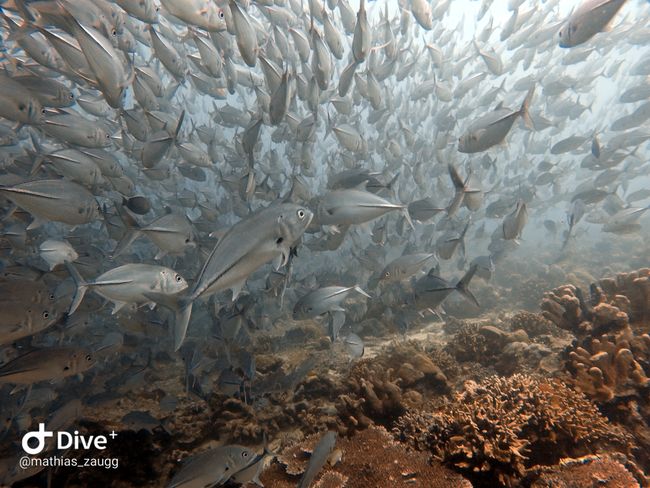
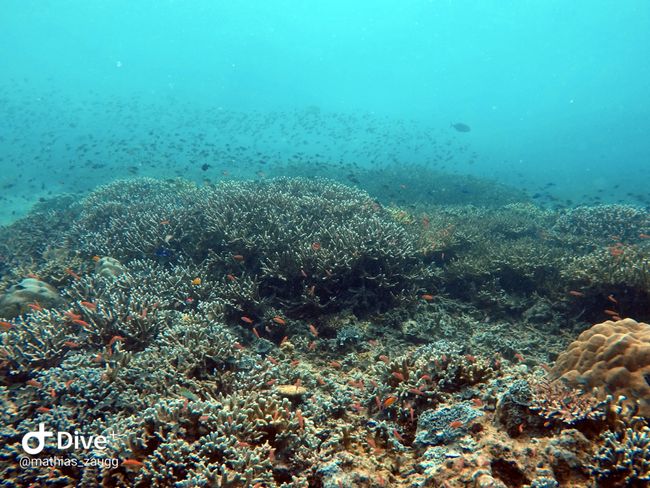
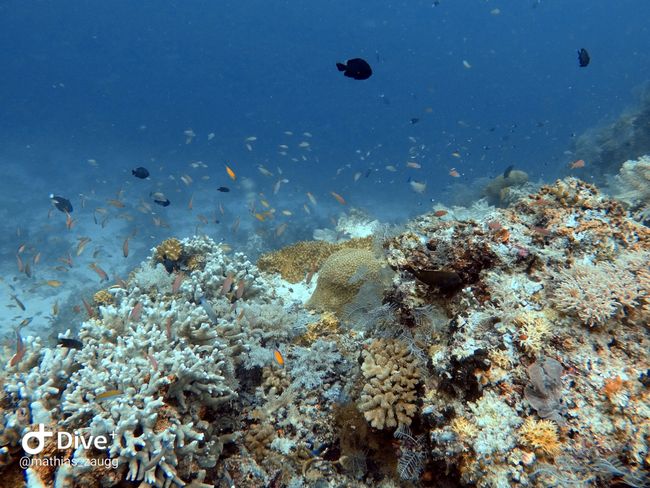
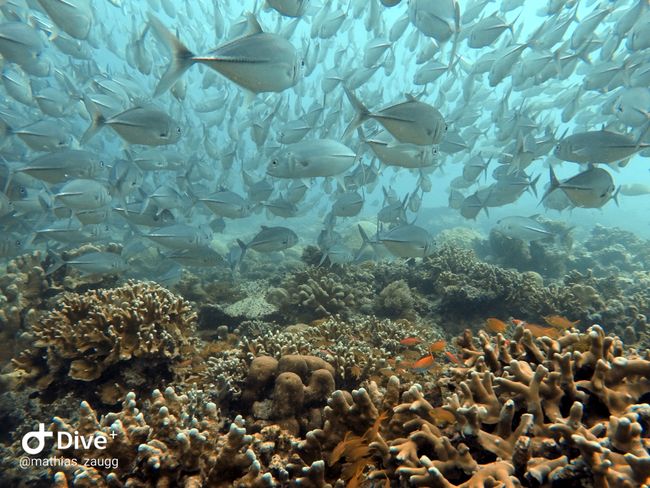
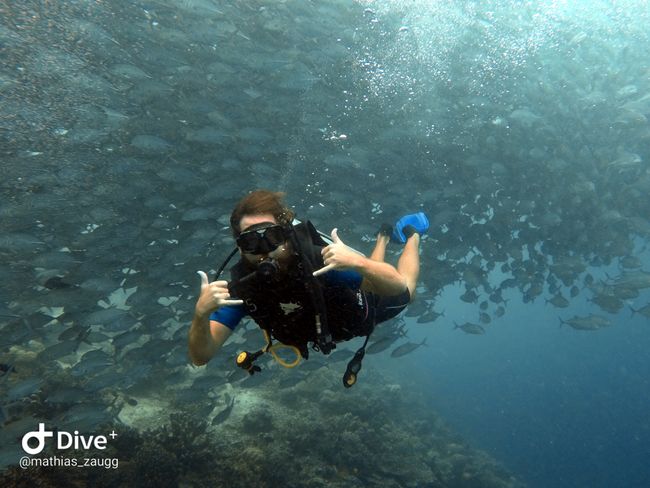
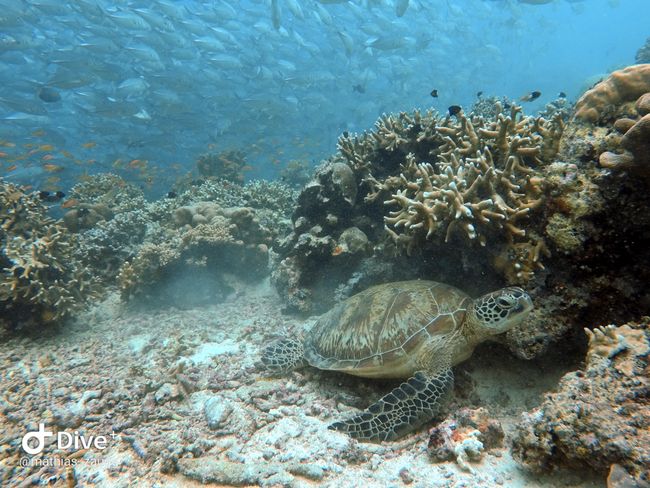
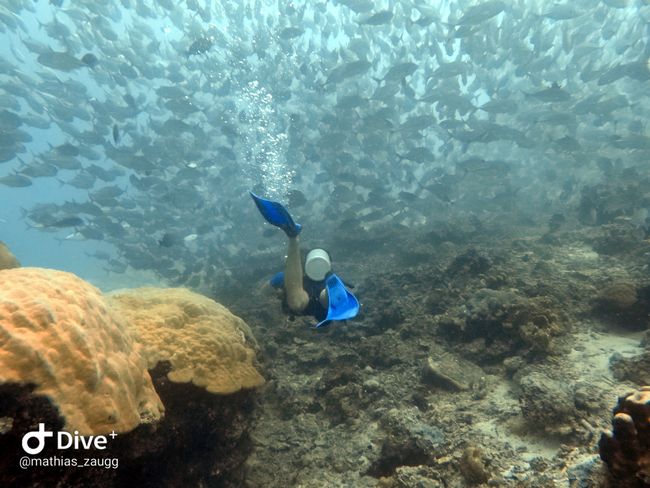
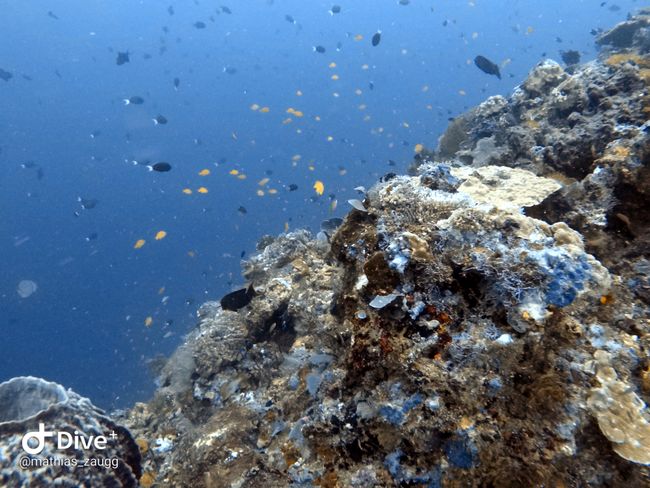
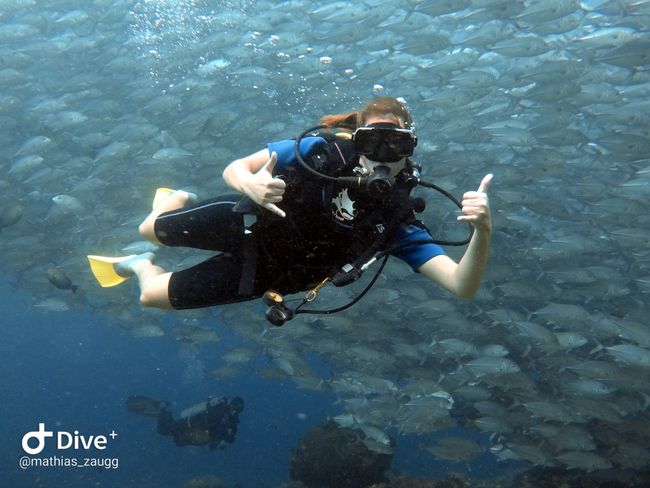
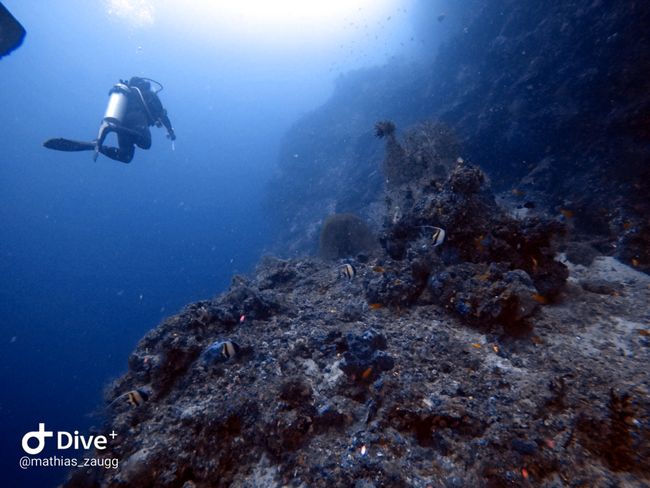
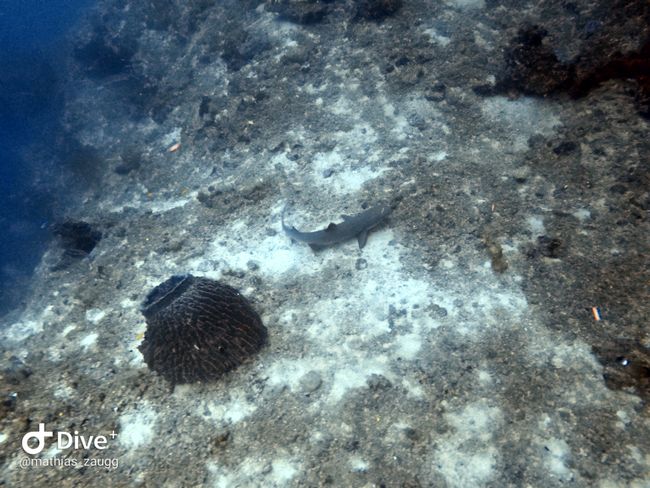
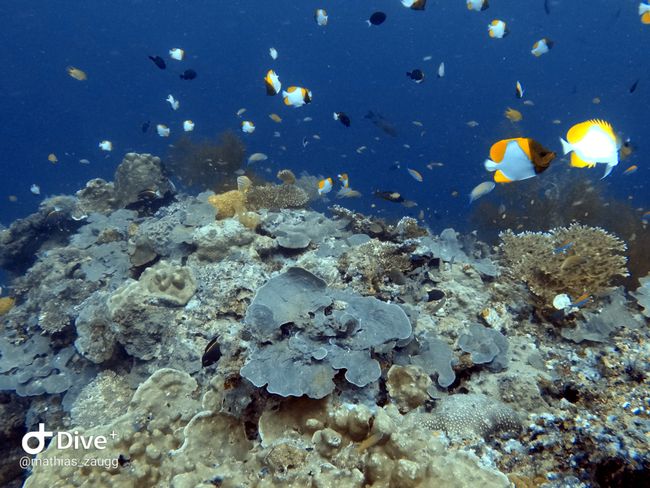
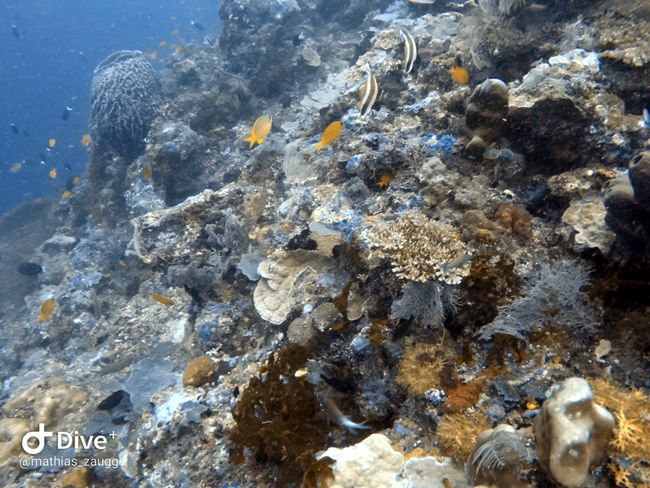
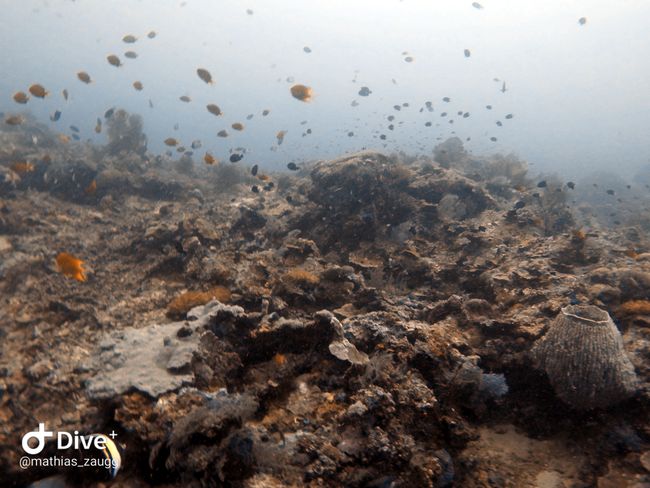
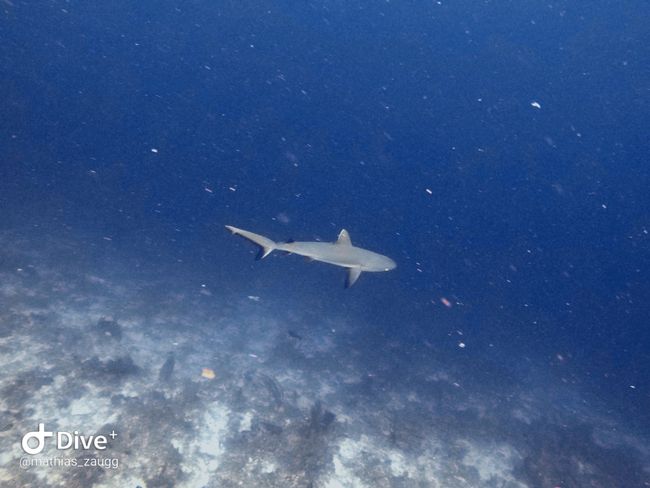
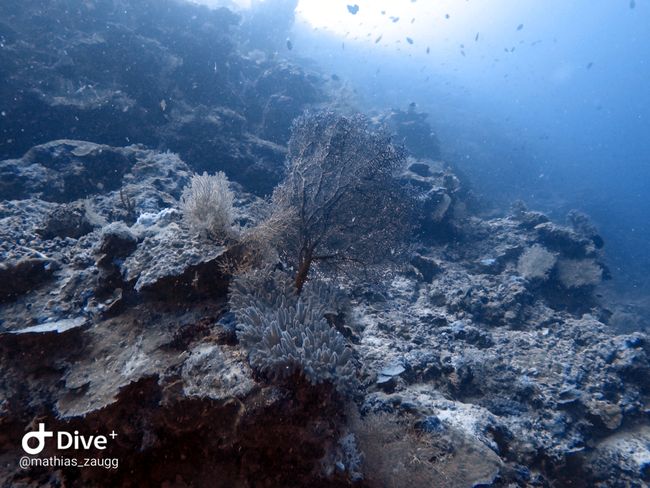
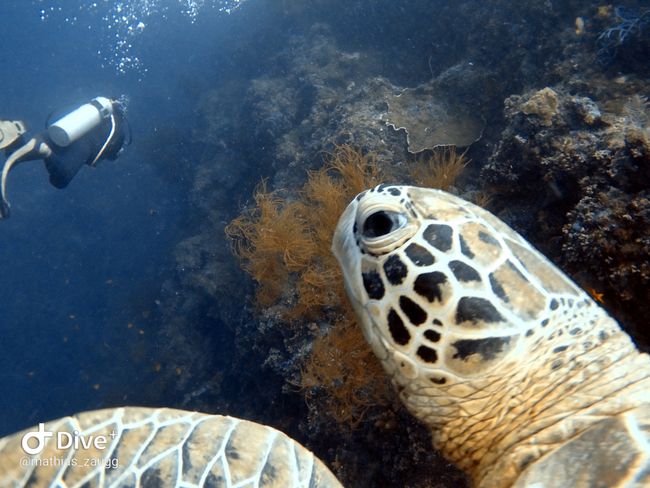
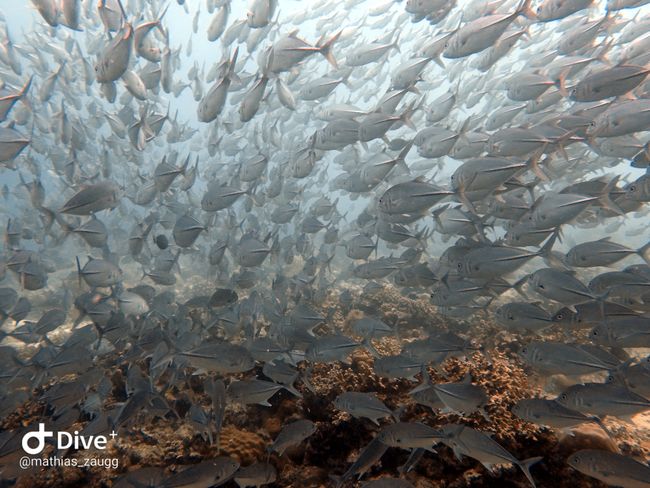
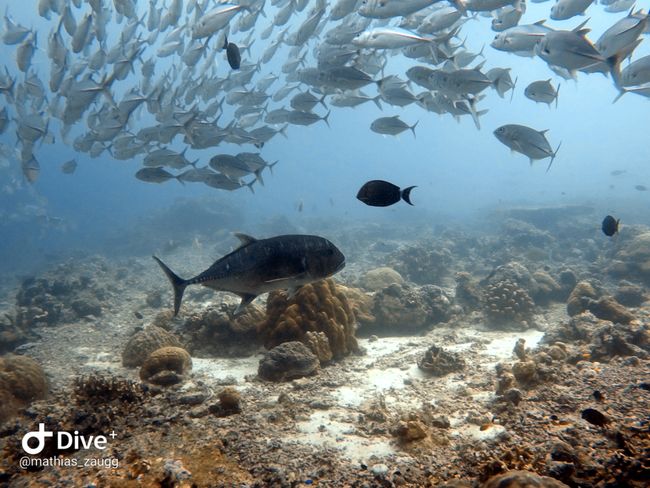
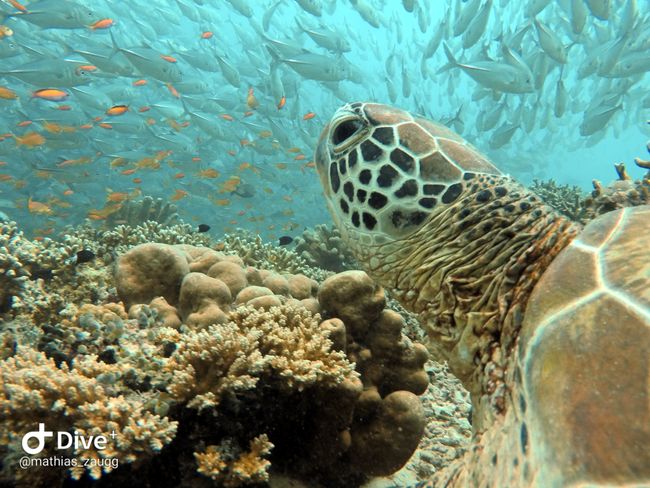
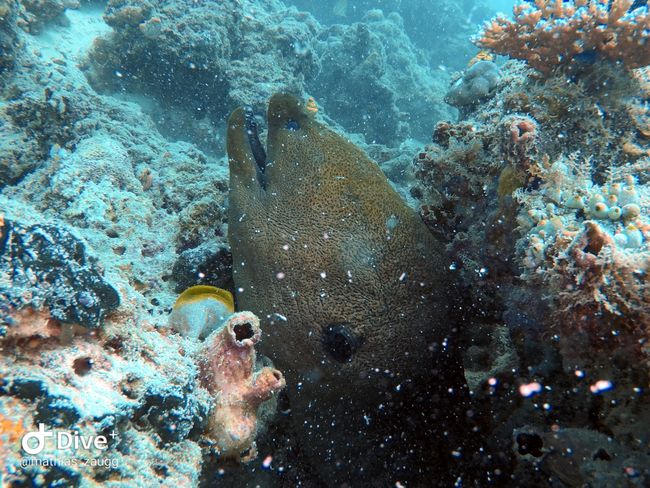
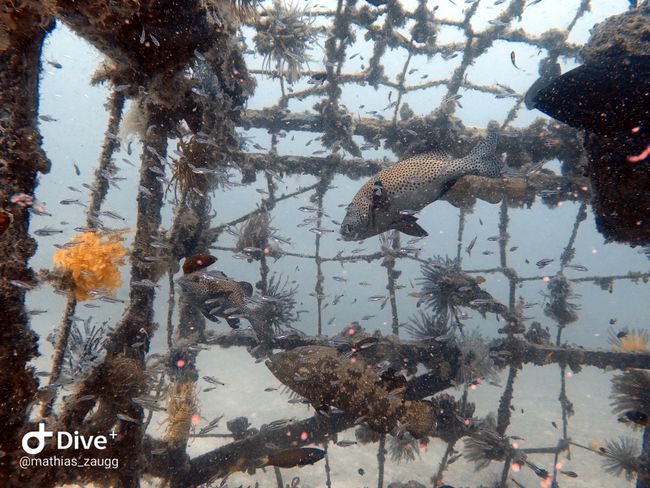
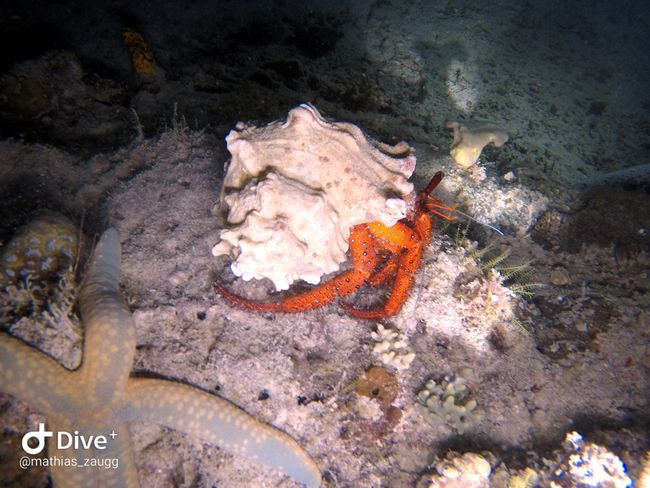
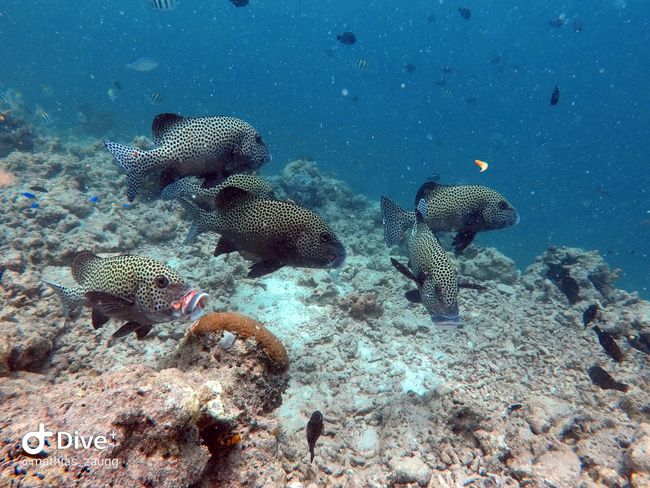
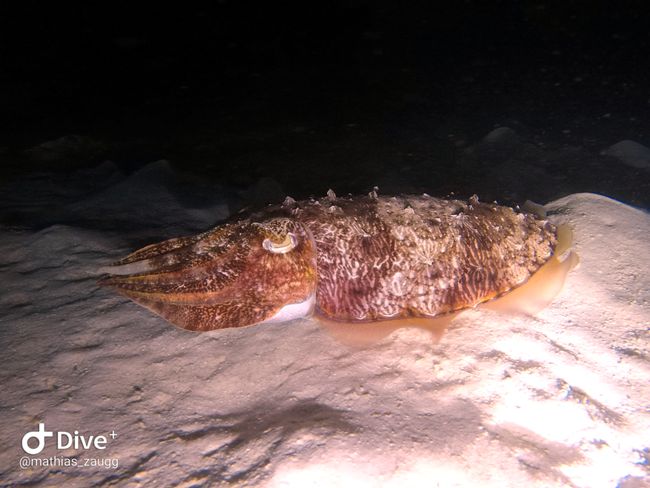
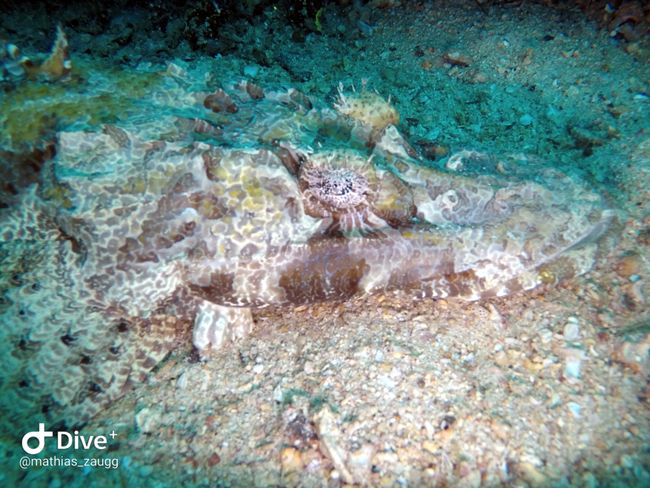
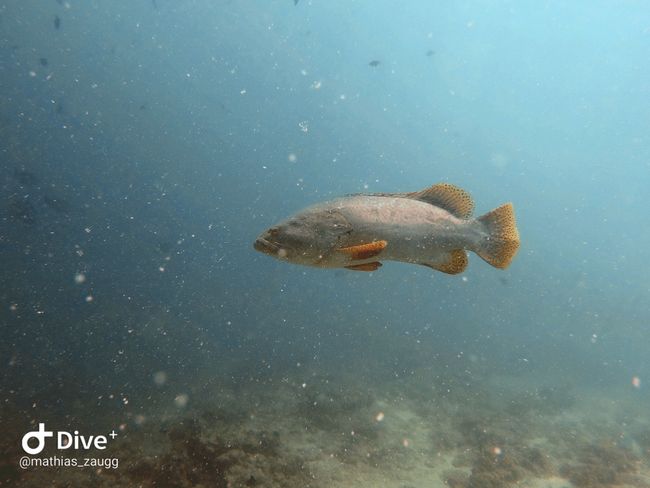
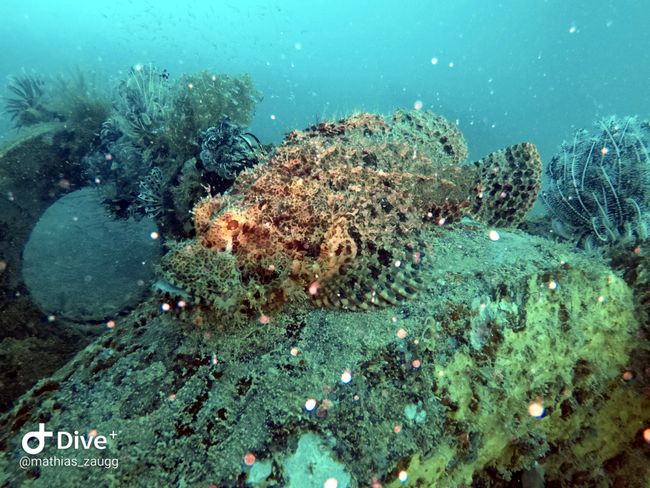
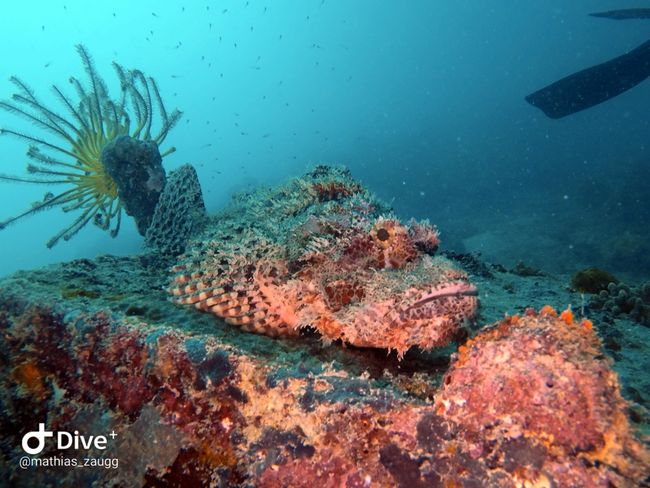
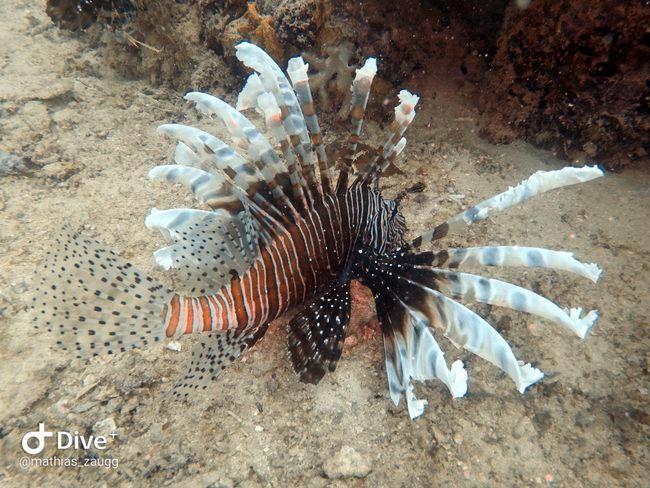
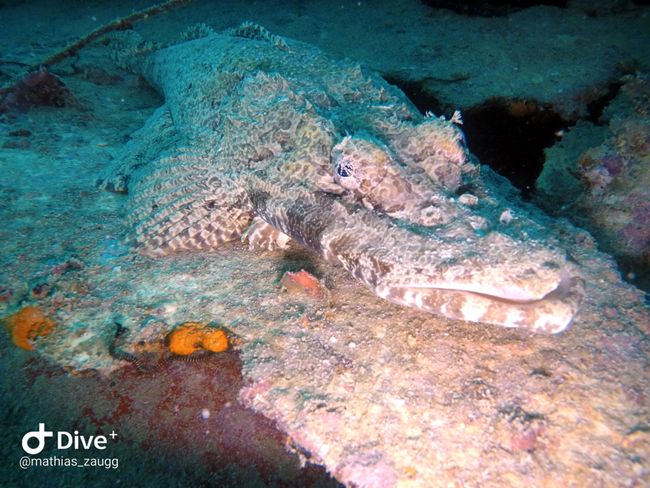
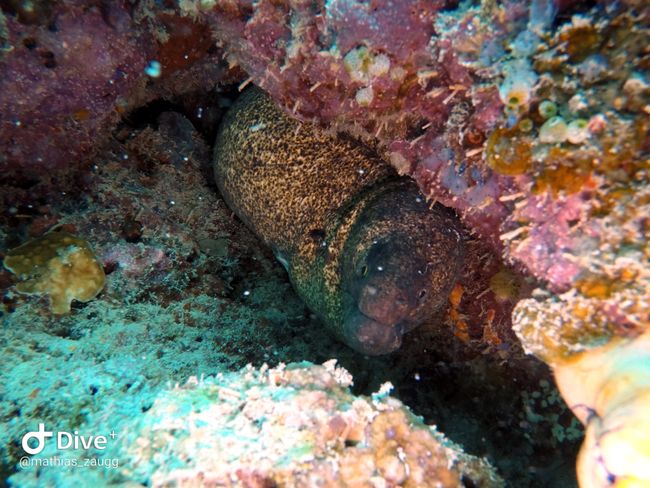
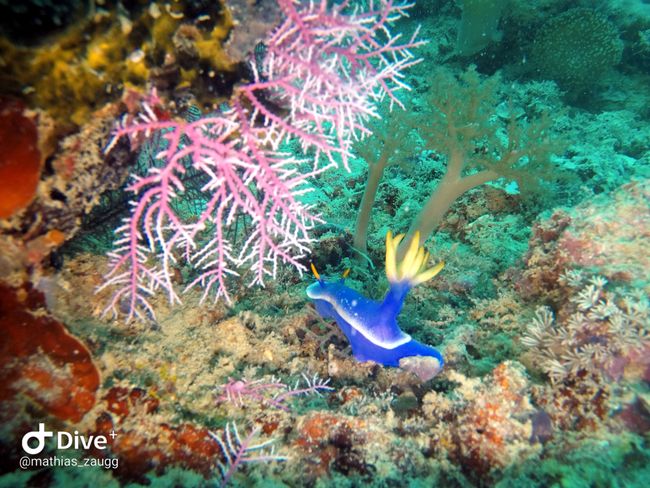
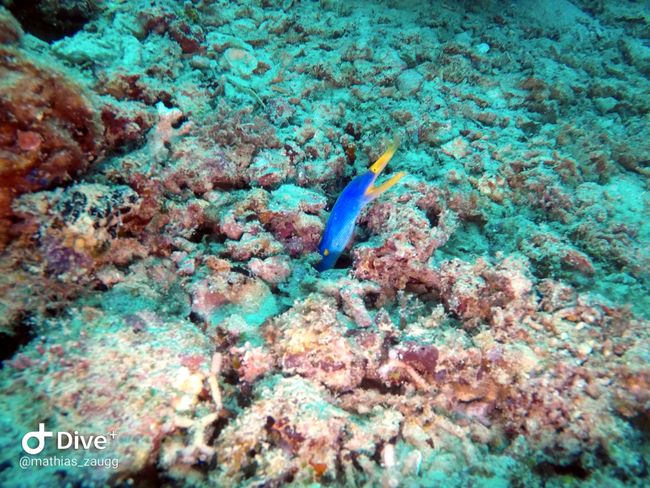
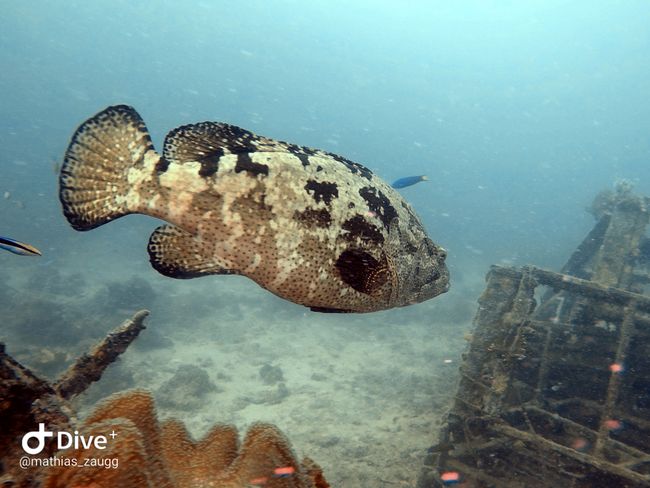
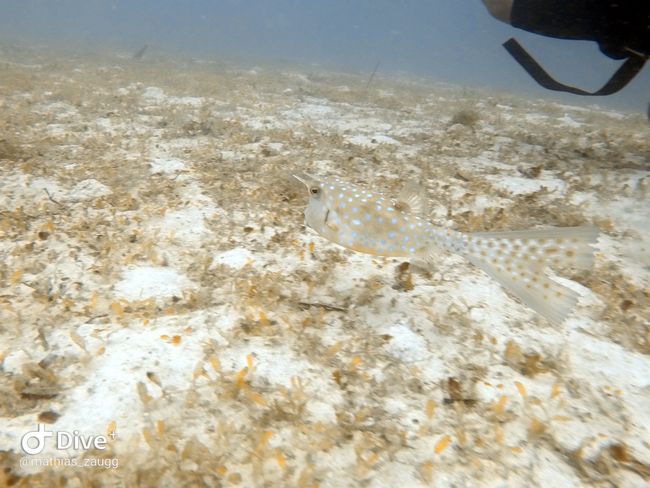
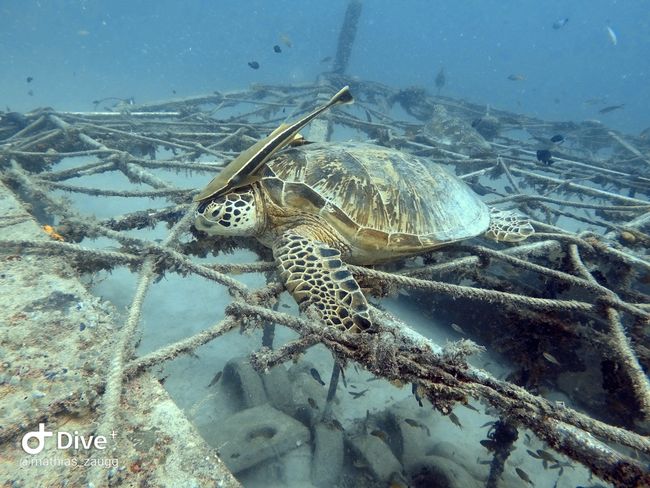
Haberlere kayıt ol
After a hearty breakfast, we left the Bilit Adventure Lodge. The minibus dropped us off at the Kinabatangan junction – in the middle of nowhere. We waited by the roadside for our connecting bus to Semporna. We were lucky to have booked our tickets in advance. Those without a ticket had to spend the next four hours in the aisle. The bus was fully booked.
In Semporna, we spent one night in a hostel as the last ferry to Mabul had already departed. Compared to Semporna, Sandakan is a delight. The town was very dirty and there was a terrible stench coming from the sewers in certain places. Many poor children lingered in the streets, begging for money. We haven't encountered poverty this deeply for a long time.
The next day, we arrived at the port on time at 8:00 a.m. A boat and our Divemaster Kenon were already waiting for us. We had booked a dive package for five days and four nights. This included ten dives in Mabul and three dives in Sipadan. The three dives in Sipadan accounted for almost half of the total price. Sipadan is one of the top 10 dive spots in the world. Only 120 divers/snorkelers are allowed per day, including guides. The park fees are very high for both divers and dive schools.
Before we arrived in Mabul, we saw the numerous stilt houses. The houses are all built in shallow areas. The island of Mabul is 800 meters long and 500 meters wide. In some areas, it protrudes up to 8 meters from the sea. There are two villages on the island. Suluk Muslims and the ethnic group Bajau Laut (originally from the Philippines) have settled in Mabul. About 2000 people live on the small island, the majority of whom are children and young adults. Most of them do not live on the 'mainland', but on stilt houses that extend out to the sea. Most resorts are also built on the water.
The boat unloaded us at the dive base of Scuba Buddy. The dive shop has only been open for a year and is exclusively run by locals who fortunately speak English well. We were warmly welcomed. We took the boat to our accommodation. To our surprise, it was located right in the village. The room was modest but clean. Through the cracks in the floor, we could look directly down to the sea. We unloaded our luggage, changed into our swimwear, and walked back to the dive station. At first glance, the poor fishing village resembled a slum. The houses were run-down and the children ran around in dirty clothes or even half-naked. The toilet houses were directly built over the sea (ours as well, by the way). Everything went straight into the water. The waste was collected and burned at a spot in the village, fortunately not everything ended up in the water. However, the waste was washed ashore near the village, not a pleasant sight. We had expected a dream destination with chic resorts. Presumably, this was also the case on the other side of the island. Nevertheless, we preferred the location of our accommodation. The people were warm and despite the poverty, we were never begged for money. The people were all well-nourished and seemed overall happy. The children played with homemade toys, especially empty plastic bottles, which were turned into boats and pulled around by a string. The creativity of the children amazed us. A local told us that each family has an average of ten children. No wonder we waved to what felt like a hundred children every day. However, we saw very few elderly people. Presumably, the life expectancy on the island is not very high, also due to the lack of medical care. For us, the 'real Mabul' had its own charm.
When we arrived at the dive base, we received our equipment. Just a few minutes later, we were already on our way. The boat took us just a few meters away from the island. We really enjoyed the dive along the reef wall. The colorful corals were in excellent condition. The current carried us along the wall. About 45 minutes later, we resurfaced on the other side of the island. The second dive took place on the other side of the island. There is no strong current there, but there are artificial reefs. We found it impressive how well these artificial reefs have developed in just a few years. First, corals settle, followed by fish. The sunken boats, bottles, and structures provide safe hiding places for the animals.
On every dive, we discovered at least one fish, snail or other marine creature that we had never seen before. We were extremely impressed with the dive sites around Mabul. The variety between the reef wall with current, sandy ground, and artificial reefs was excellent. Our night dive was eerie yet fascinating. Many fish were sleeping peacefully, but other marine creatures like the cuttlefish were active.
A special highlight was the trip to Sipadan Island. We had been looking forward to this moment for weeks. Unfortunately, the weather was rainy and the sky was overcast on that day. The half-hour boat ride from Mabul was a roller coaster ride – luckily, we don't get seasick. The waves weren't particularly high, but they seemed to come from every direction. Our stomachs were tossed about. We reached the safe harbor of the island and disembarked for registration. The island is strictly guarded by the military. Only a small part of Sipadan is accessible. This protects the turtles' nesting areas. We welcomed both the regulation of divers and this protective measure. It ensures sustainable diving tourism.
Sipadan Island resembles an underwater volcano. In the middle, the small island rises out of the water. The steep walls surround it, plunging up to 2000 meters deep. Thousands of corals and animals have settled on these walls. With a leap from the boat, we dived into this magical underwater world. Hundreds of fish surrounded us. Most of them we had never seen before. The encounters with the sharks, giant turtles, and swimming in a school of fusilier fish were even more indescribable. The diversity and quantity of marine creatures were incredibly beautiful. We discovered something new every few minutes. Personally, the trip to Sipadan was worth every penny for us.
The days on Mabul and Sipadan were beautiful, but also very exhausting. Thirteen dives in five days left us thoroughly exhausted. We look forward to returning to the mainland. After one night in Semporna and Tawau, we will fly to Kuching, Sarawak.
Haberlere kayıt ol
Cevap
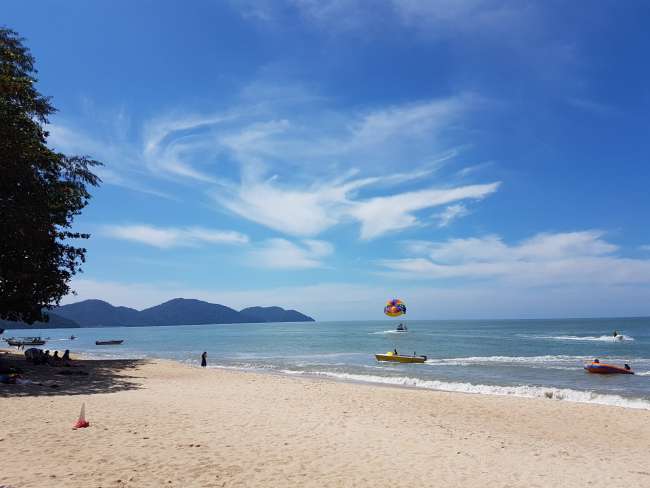
Seyahat raporları Malezya
